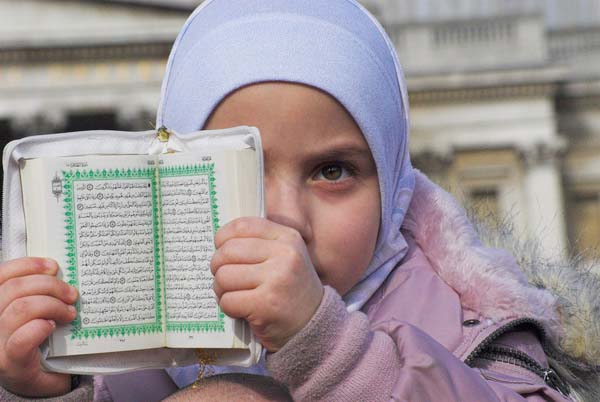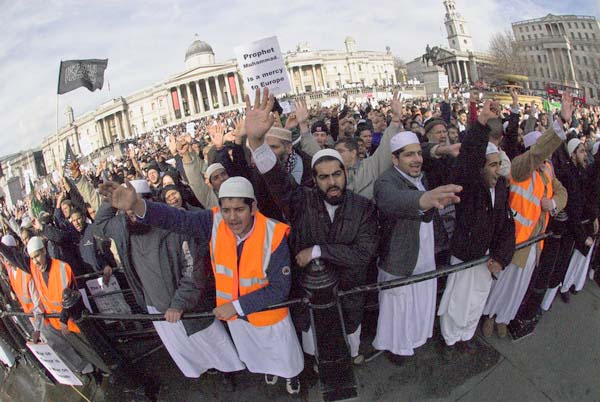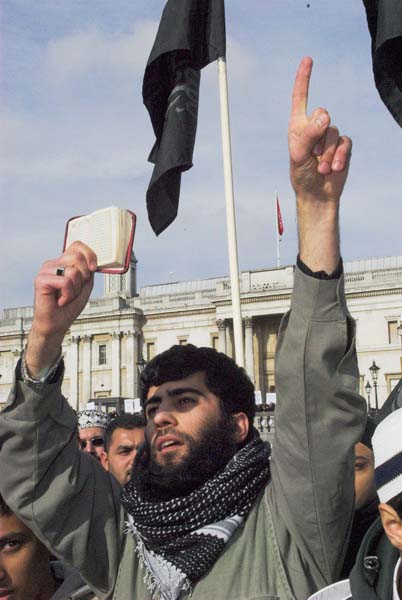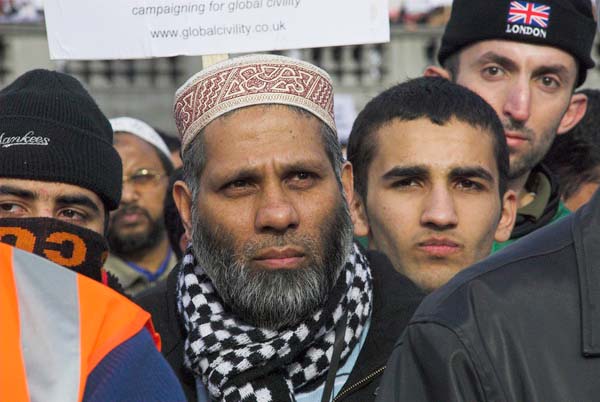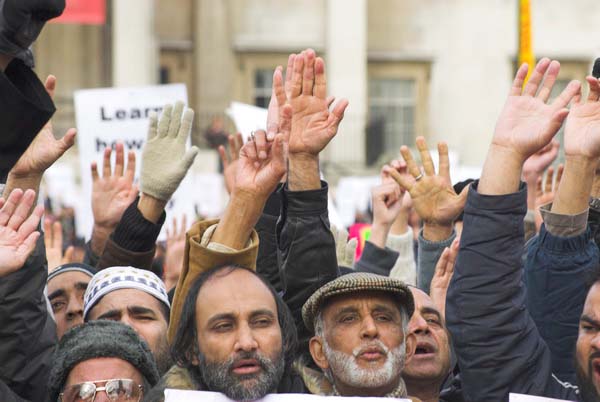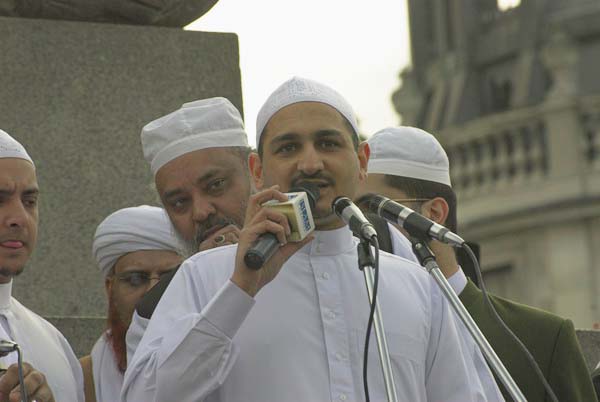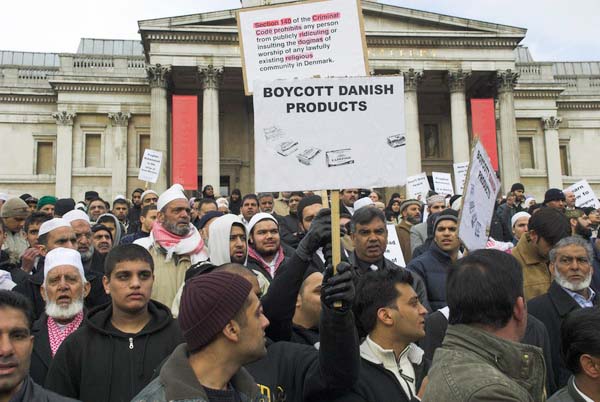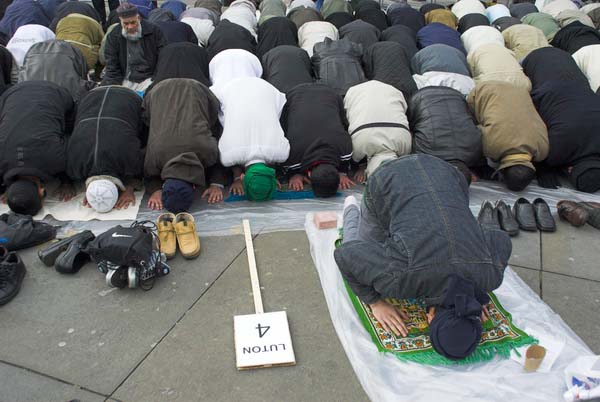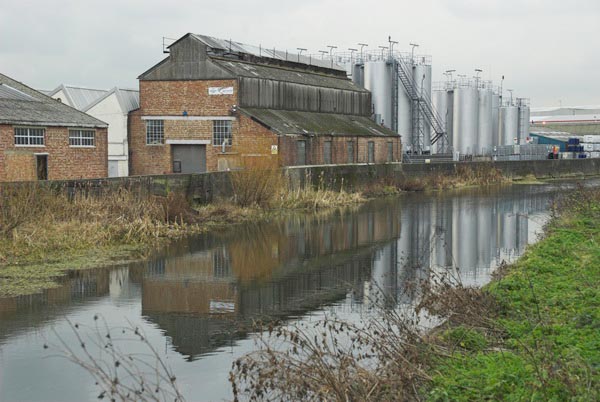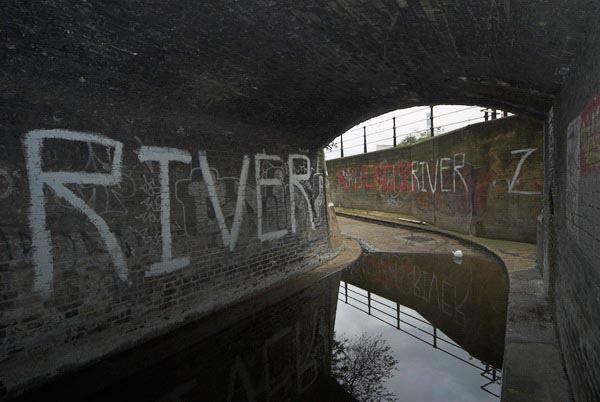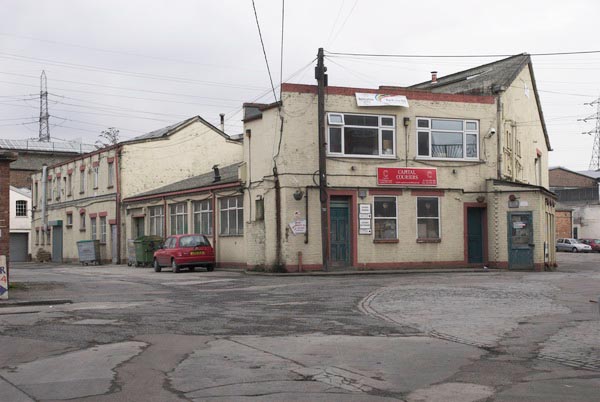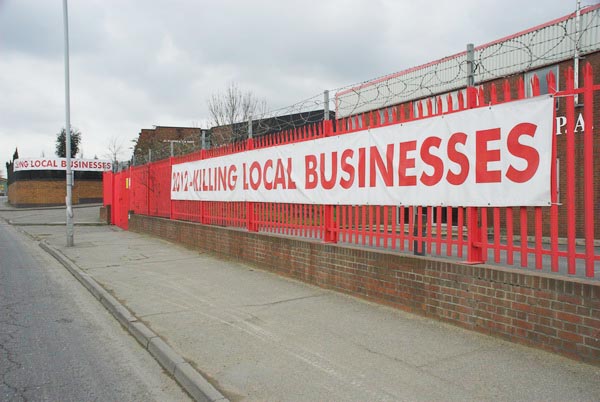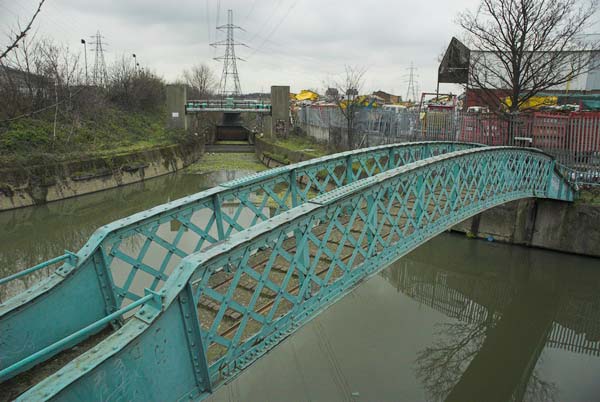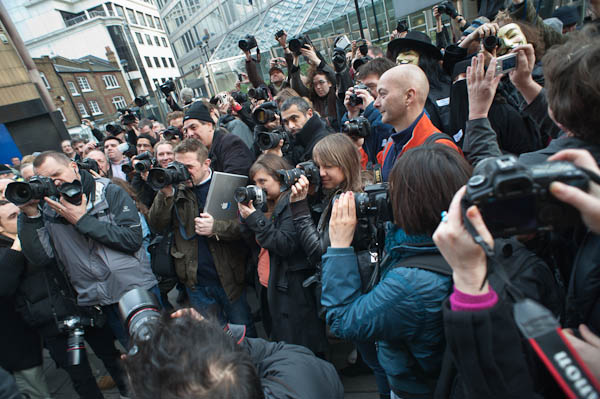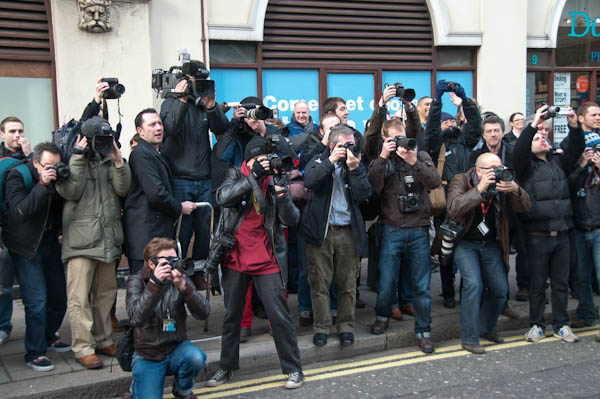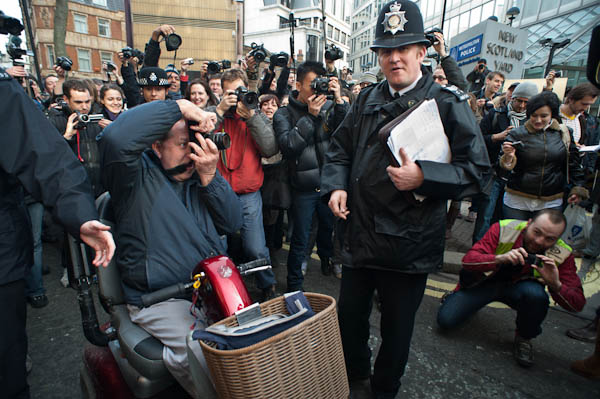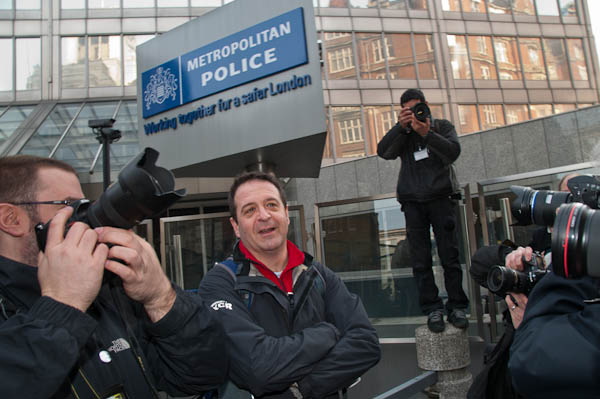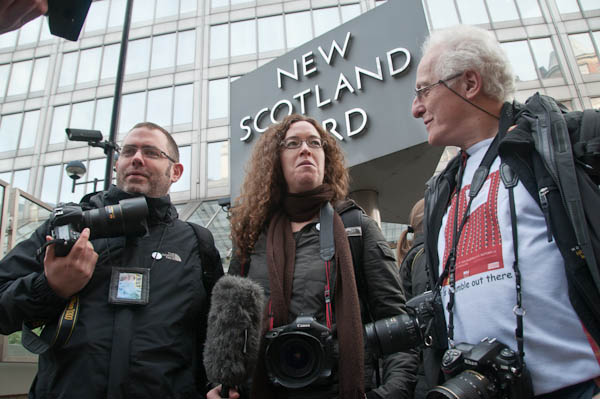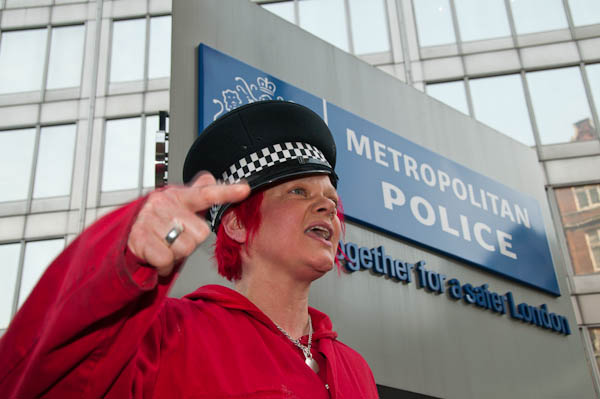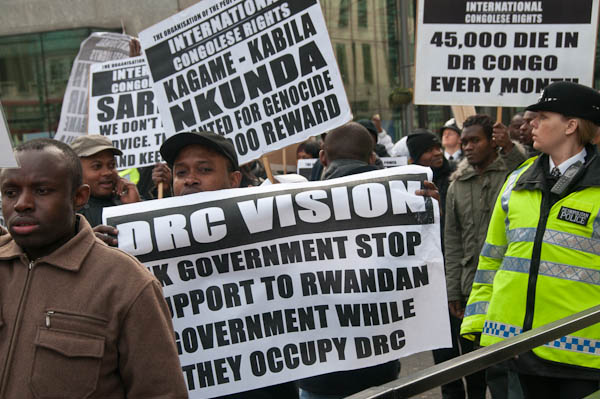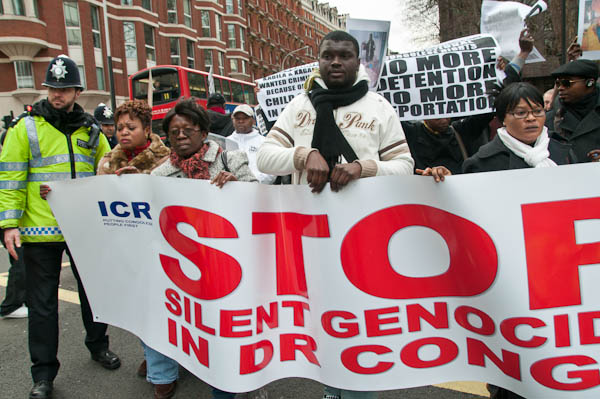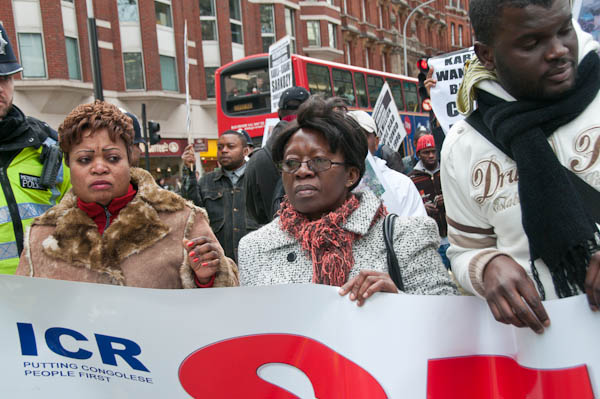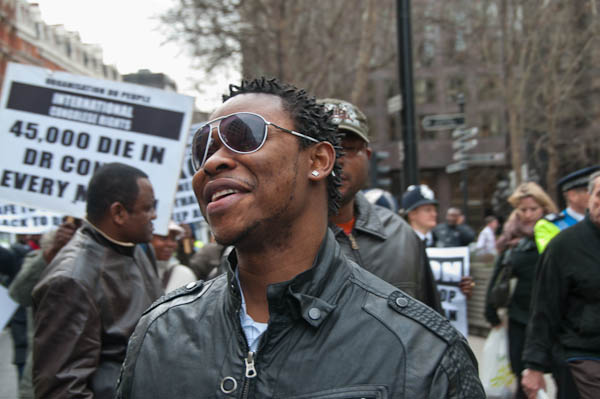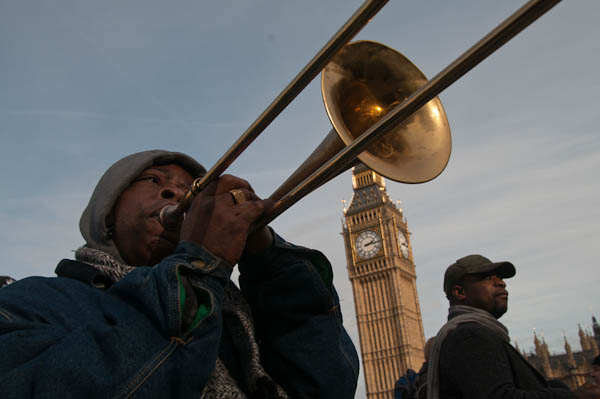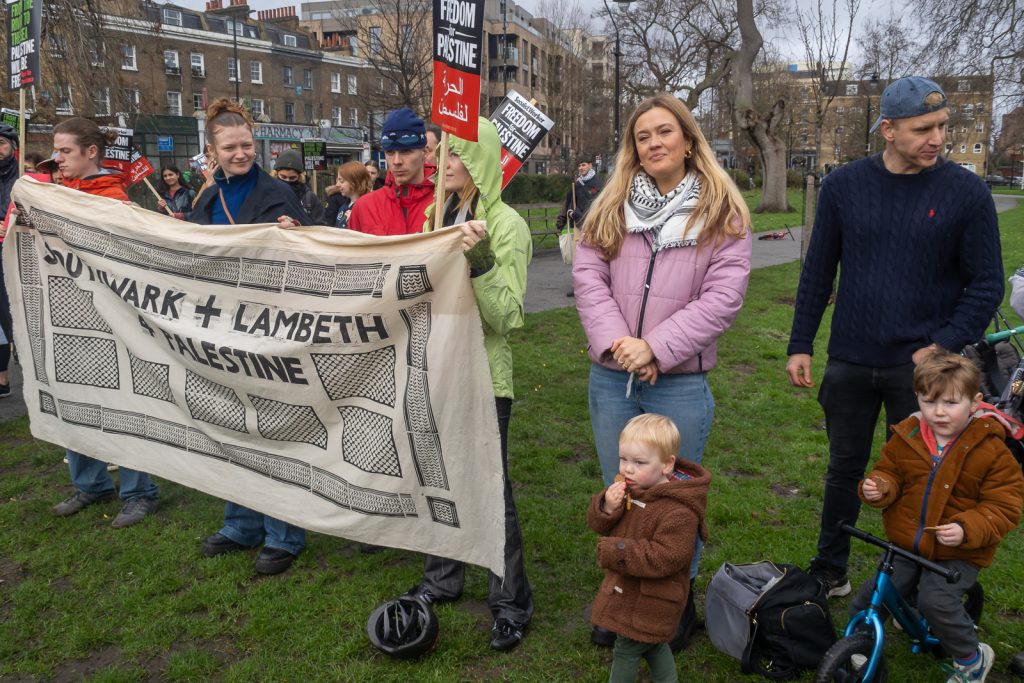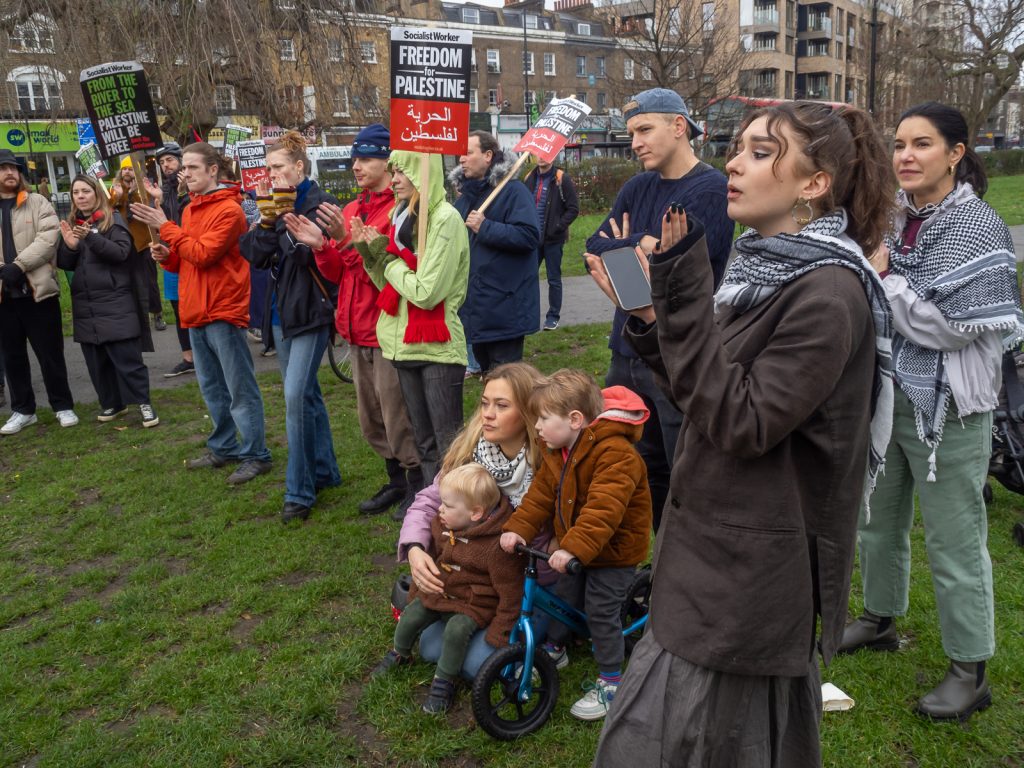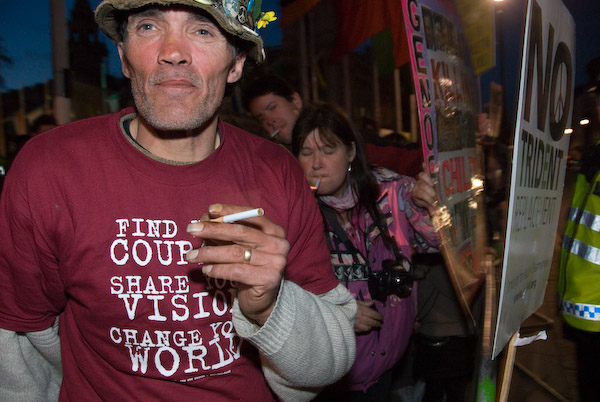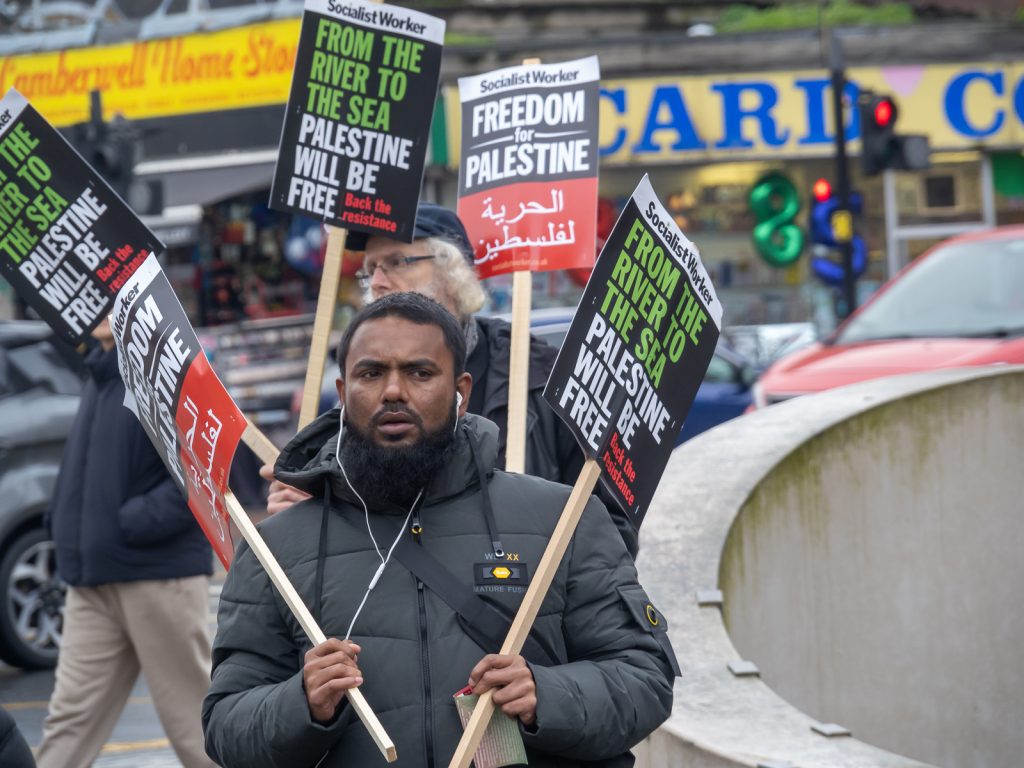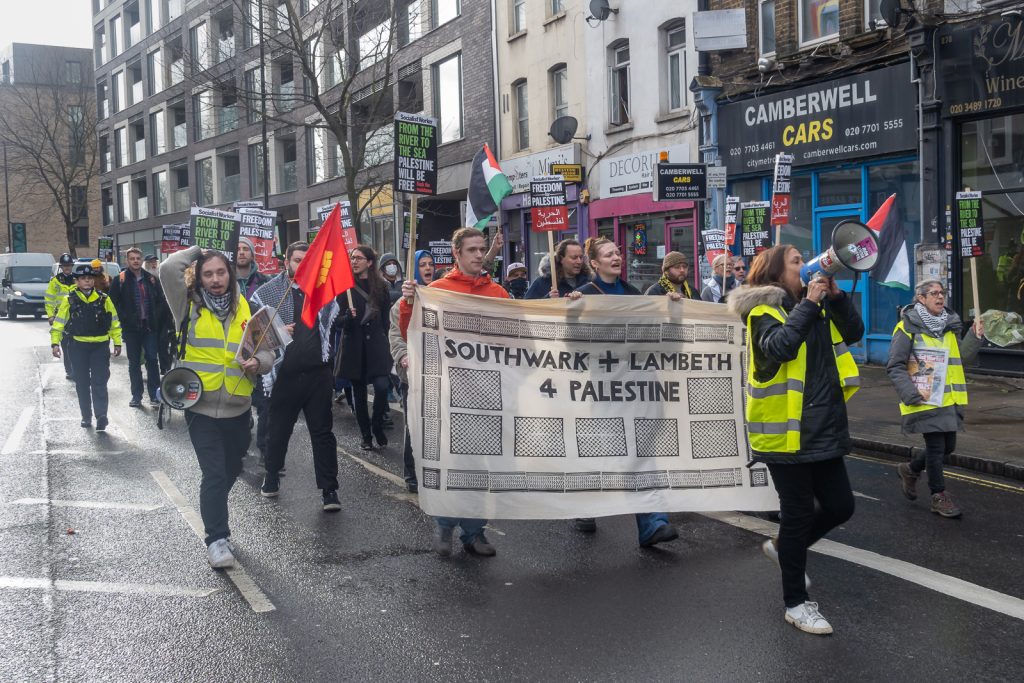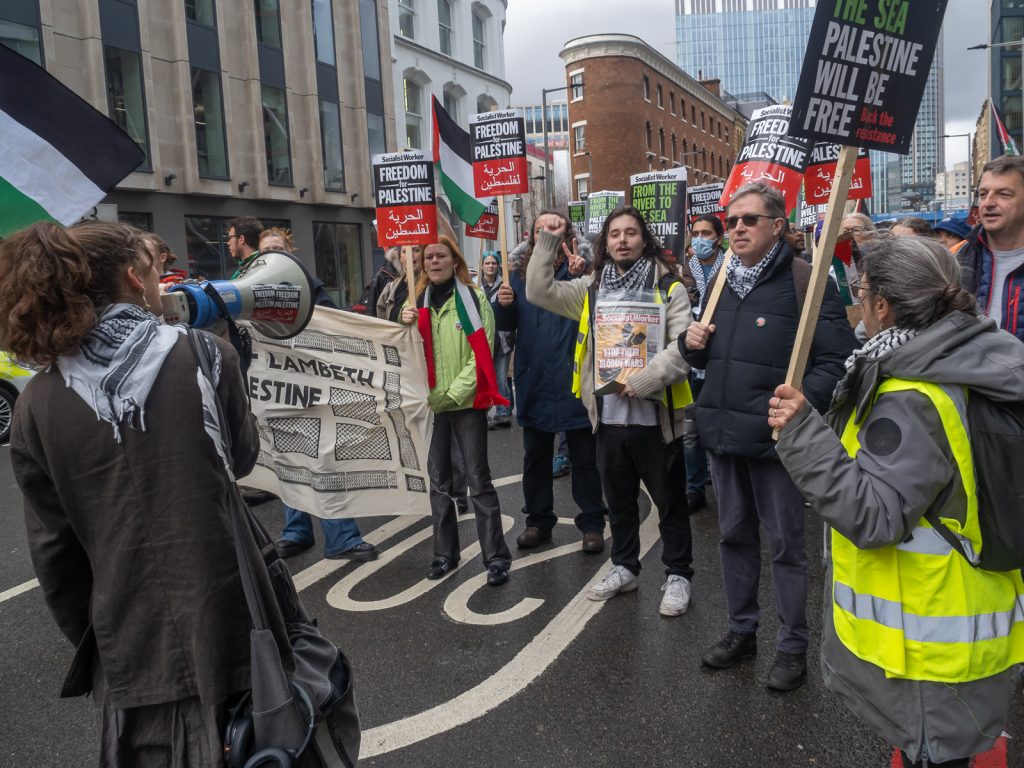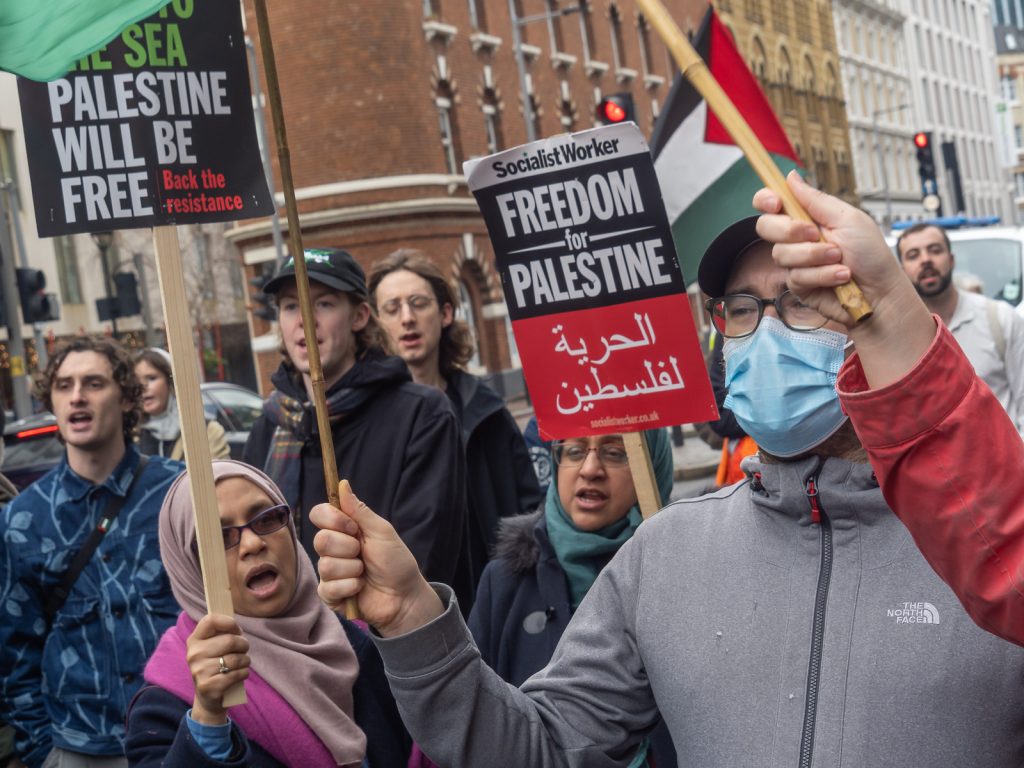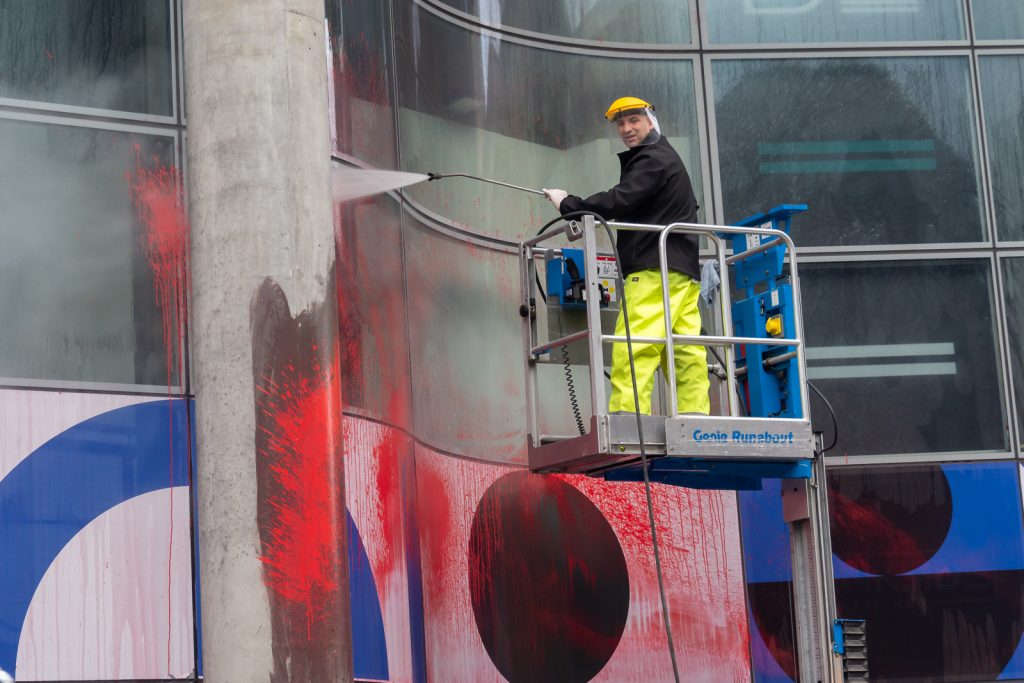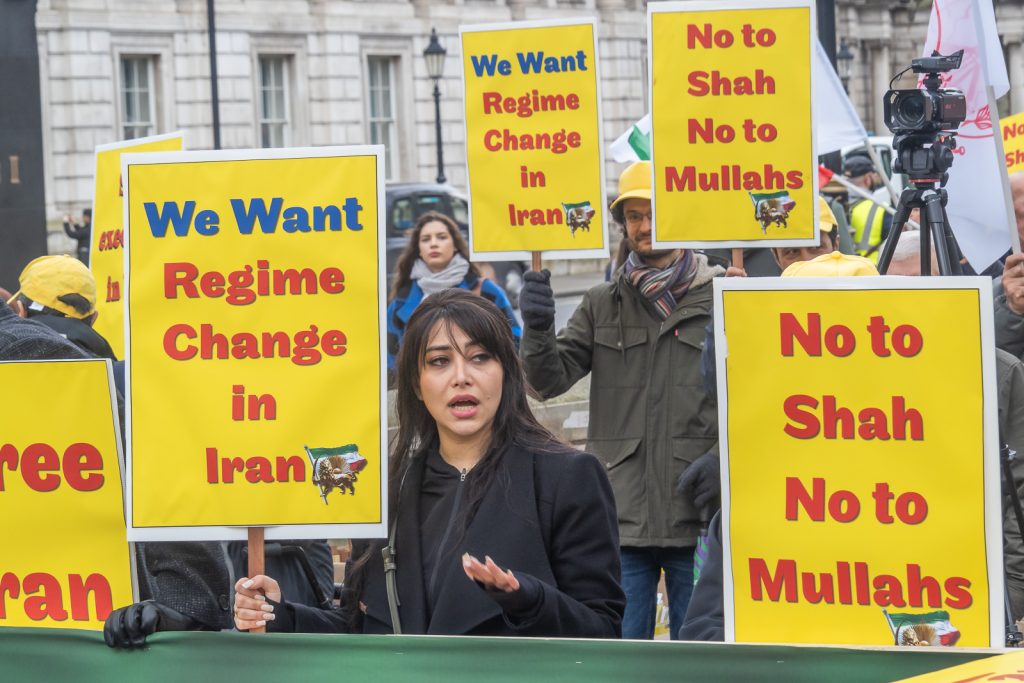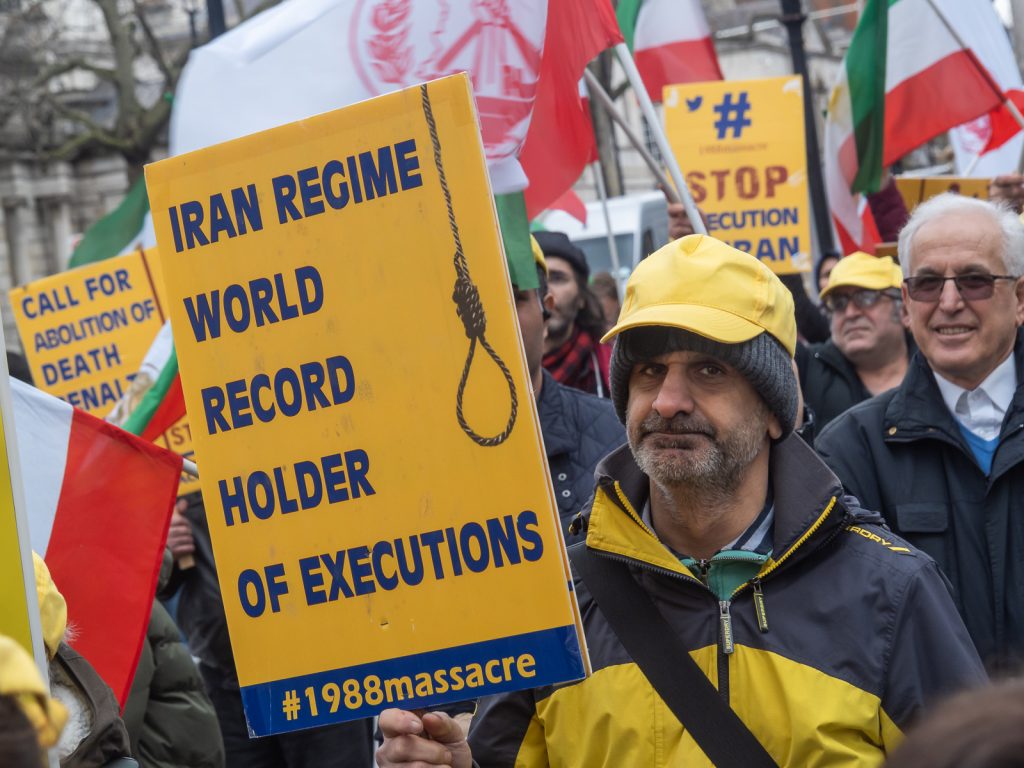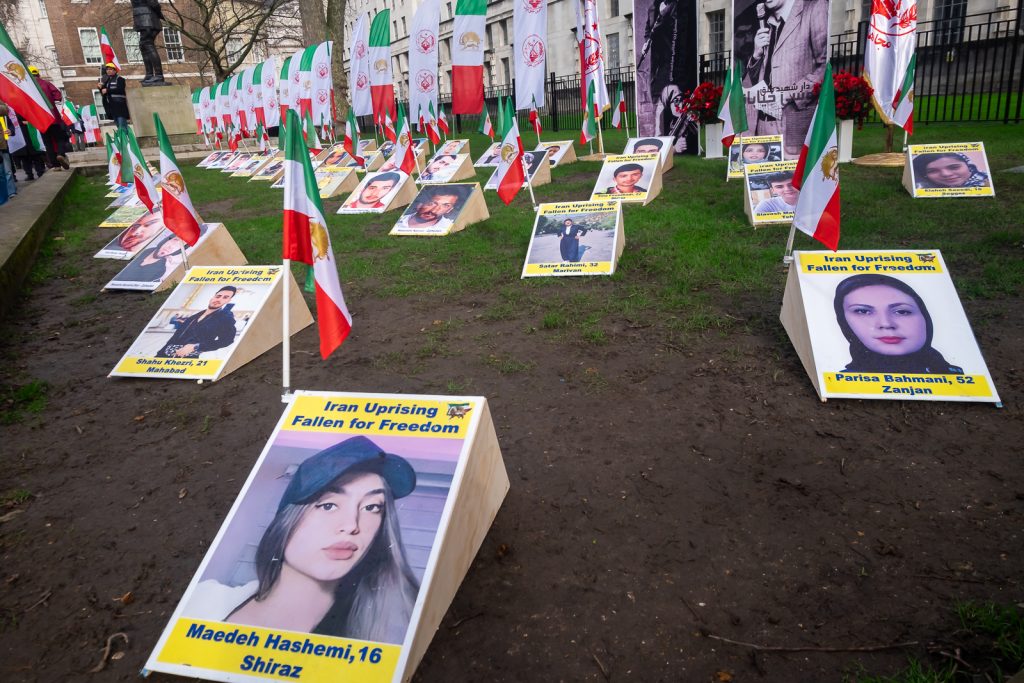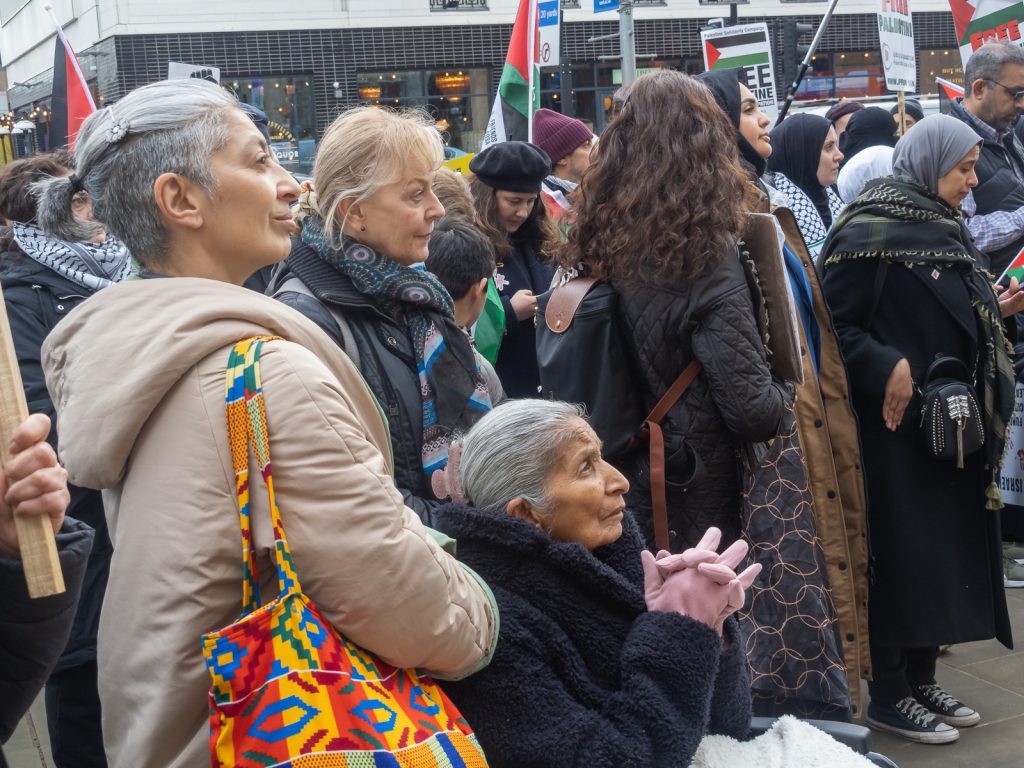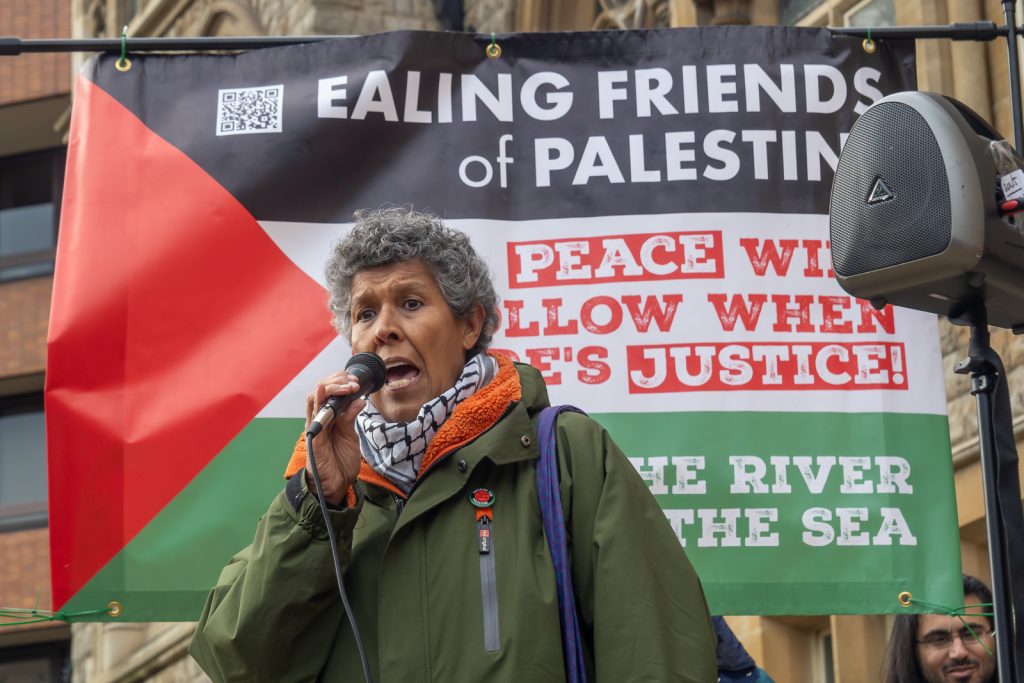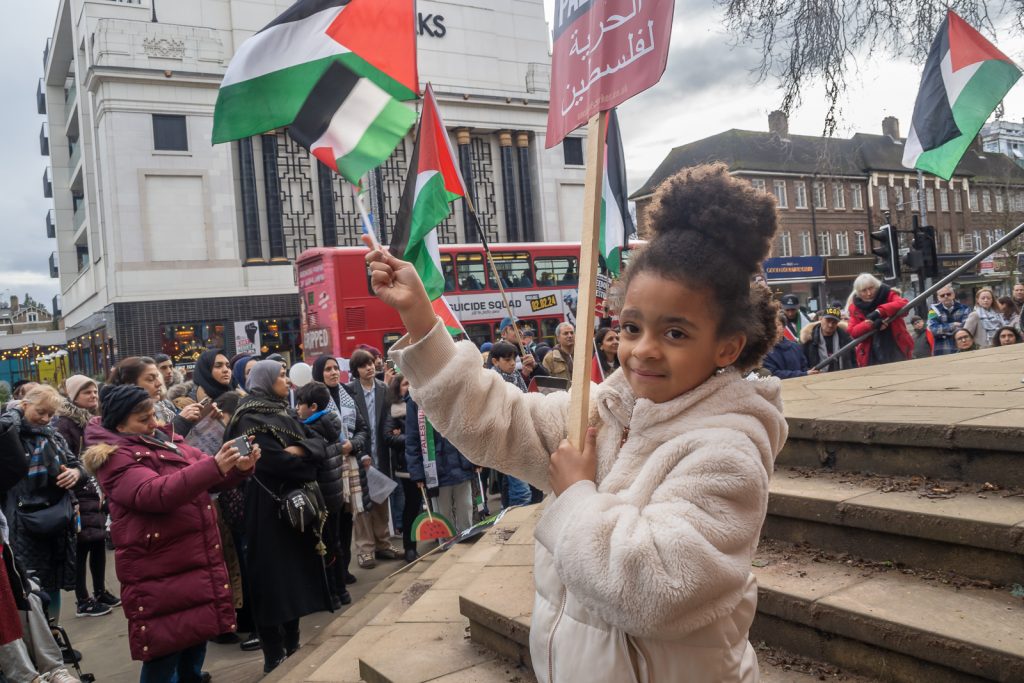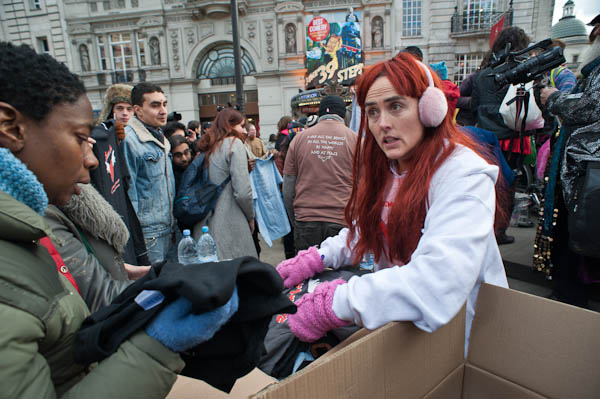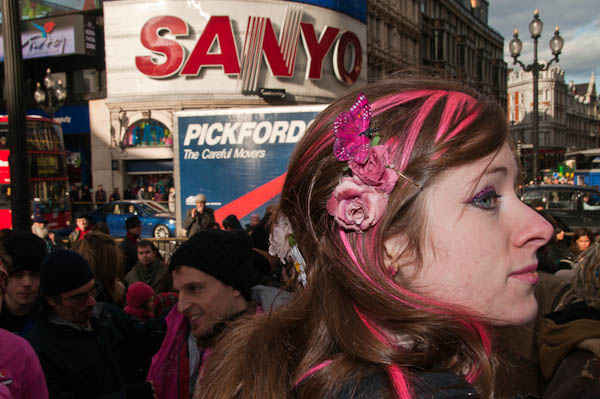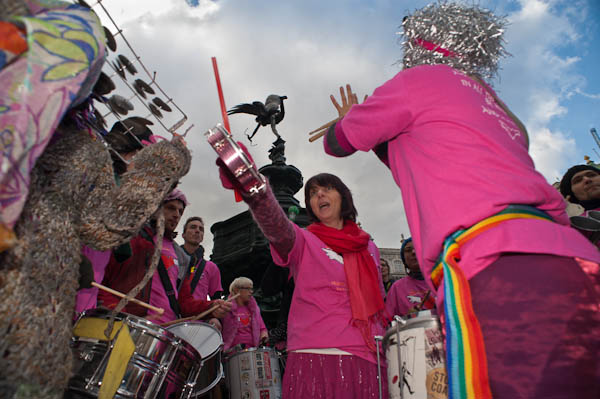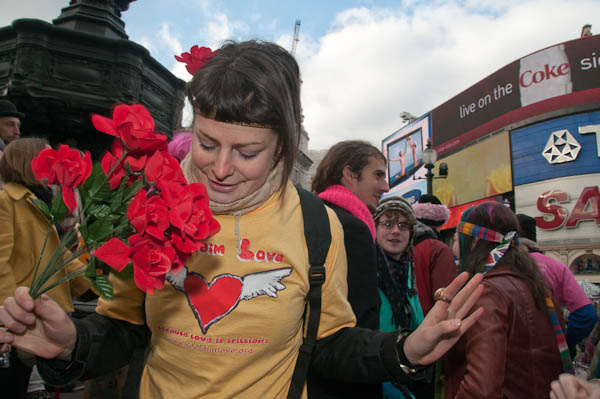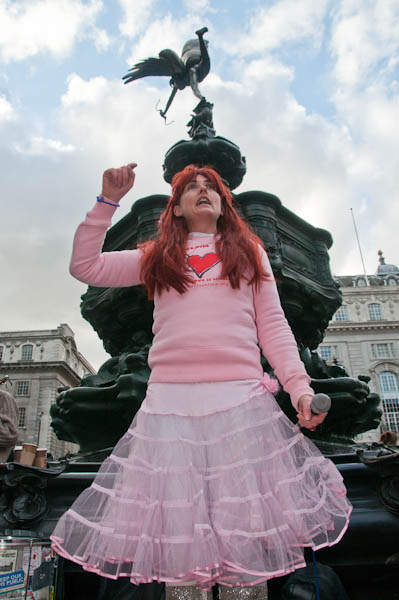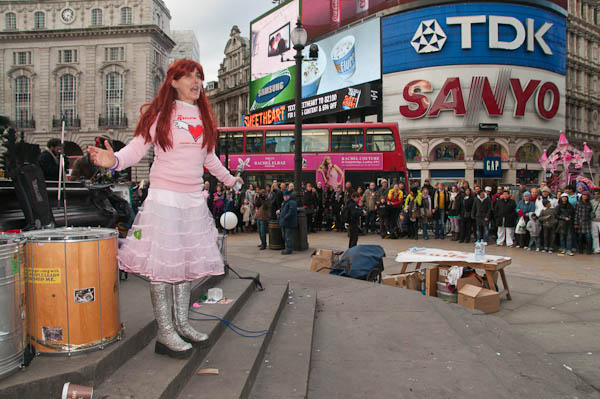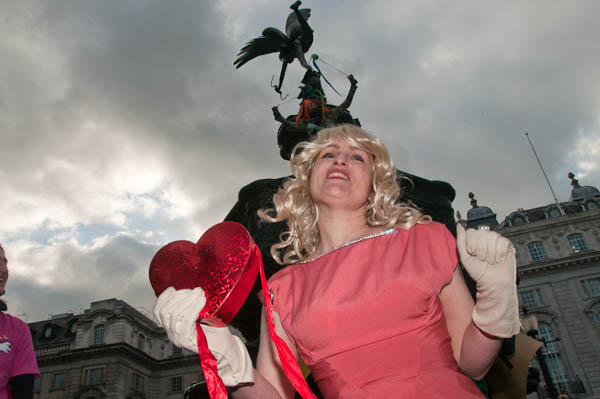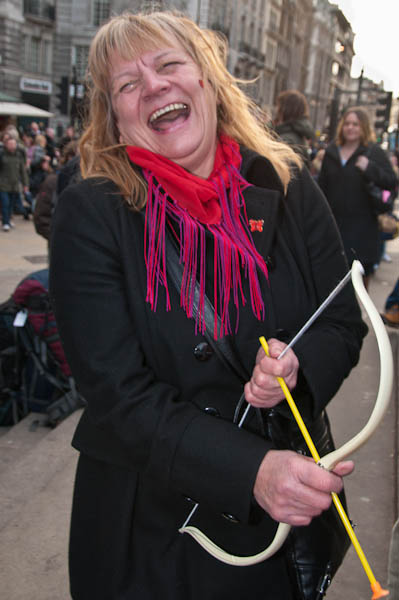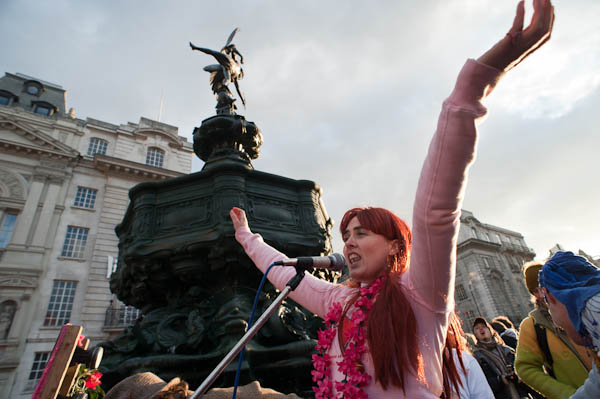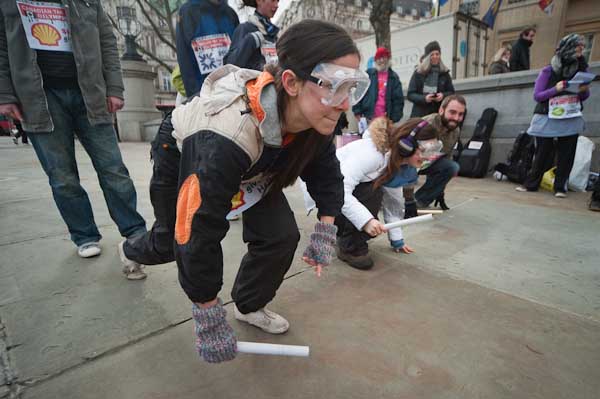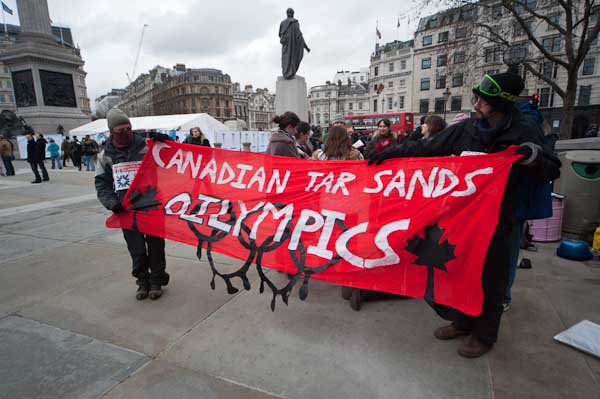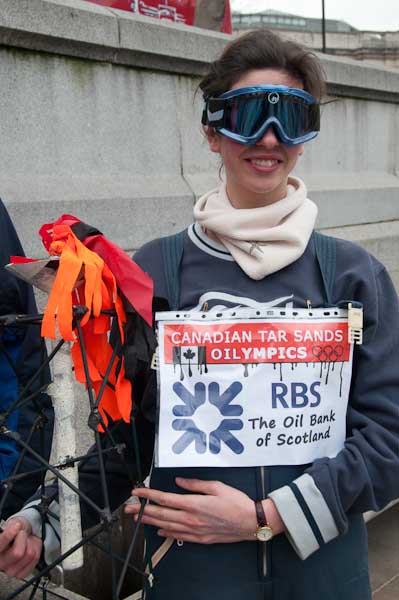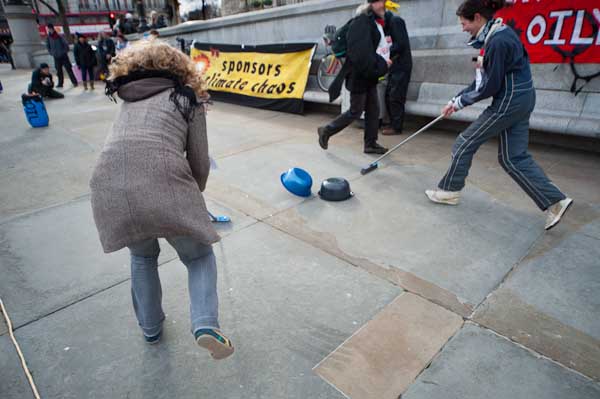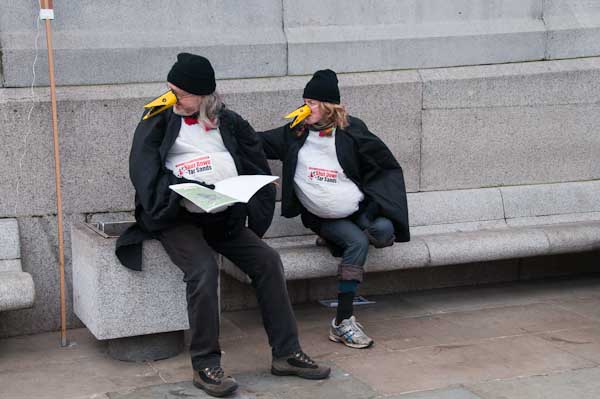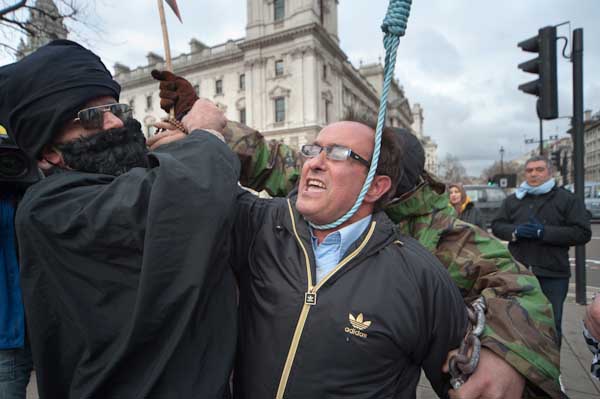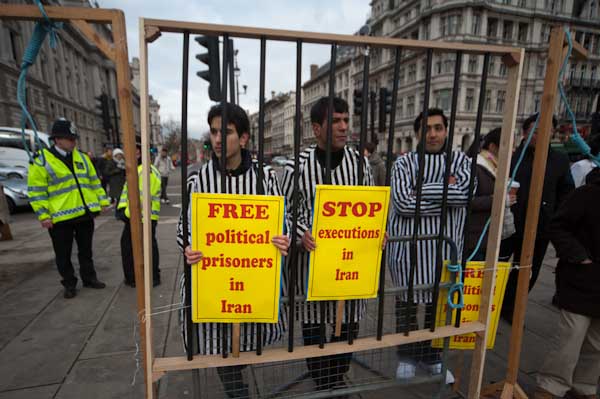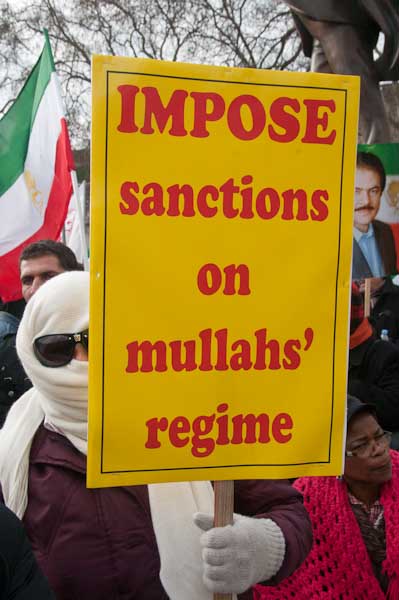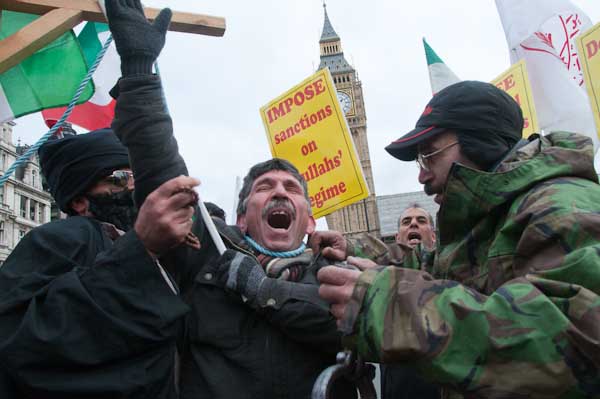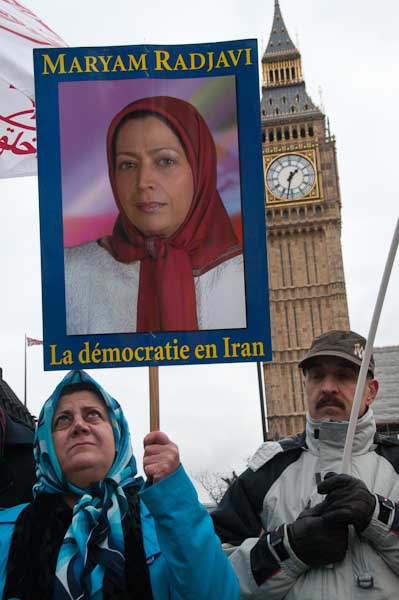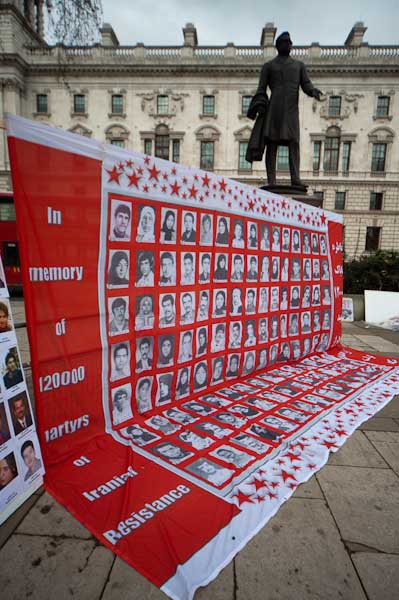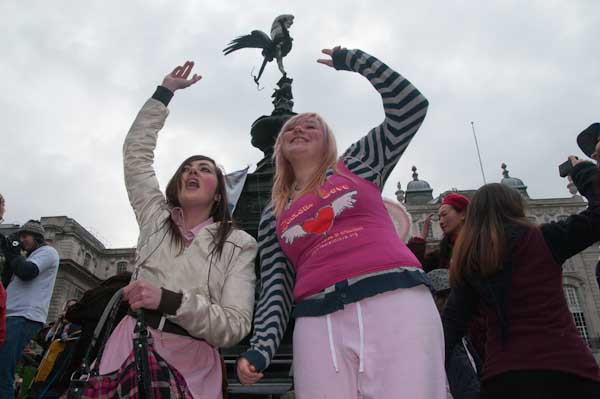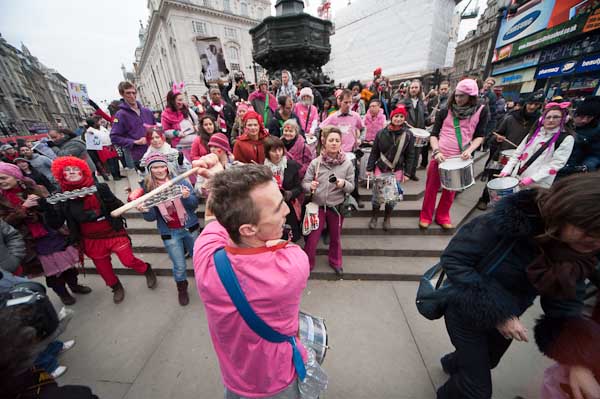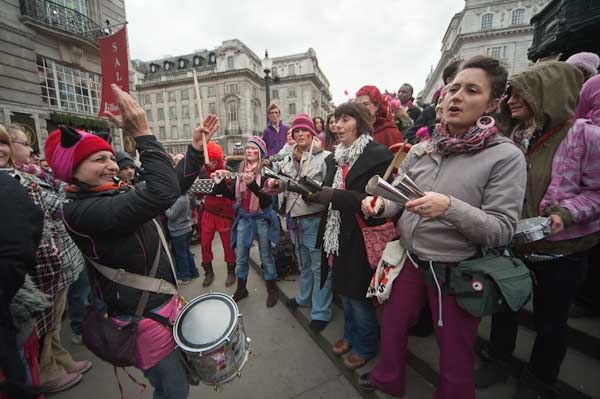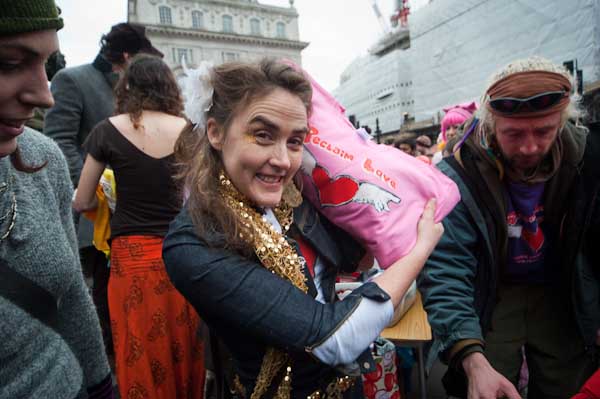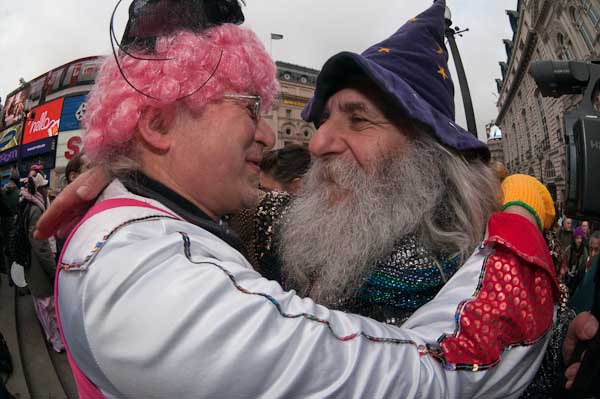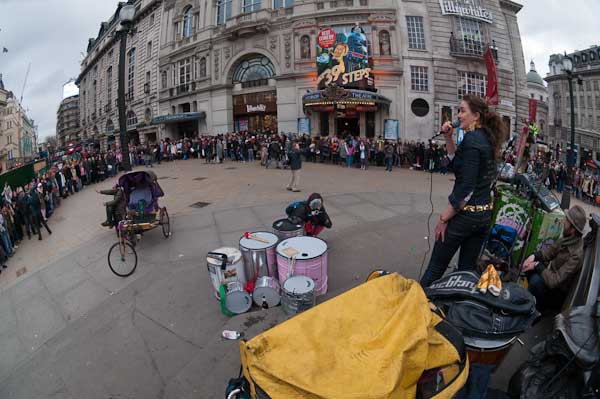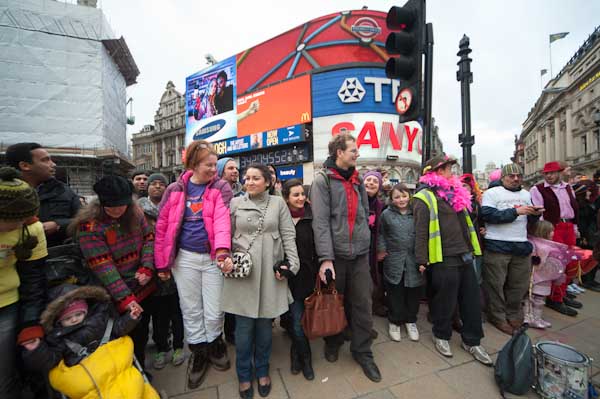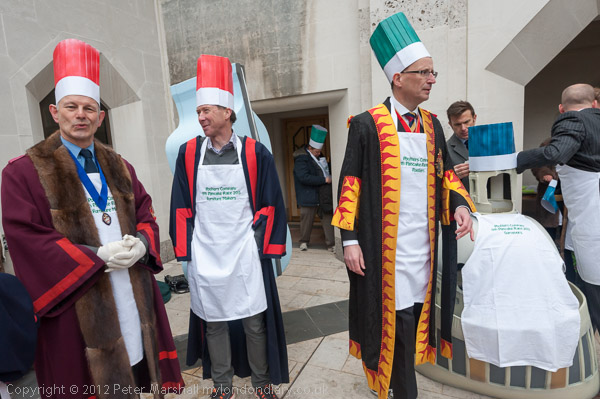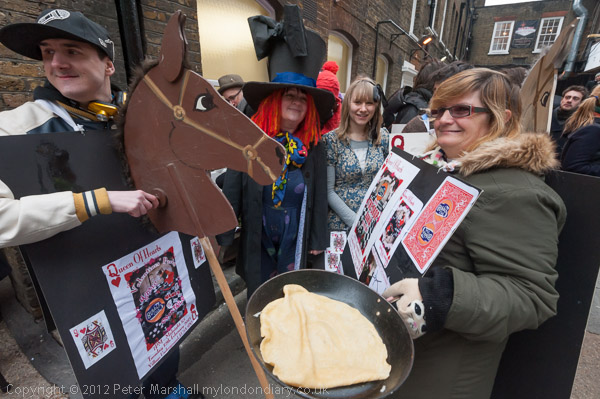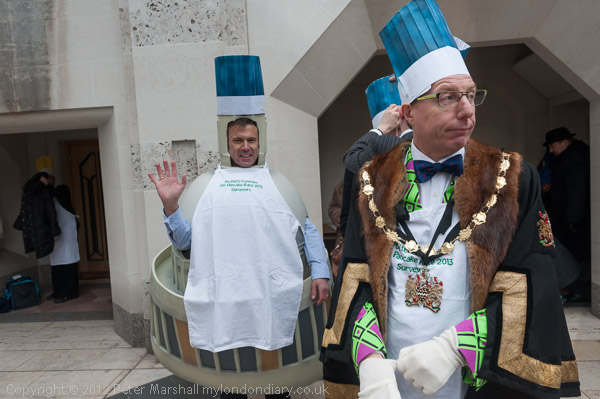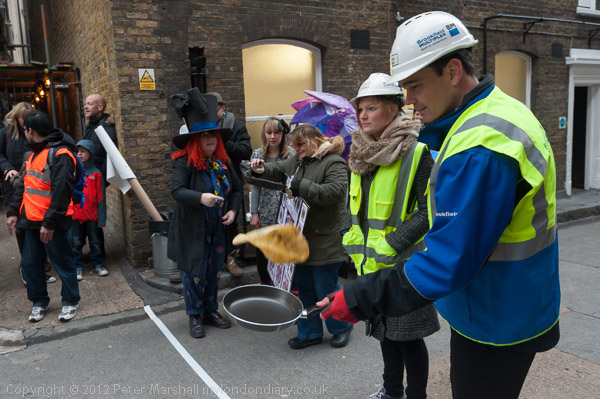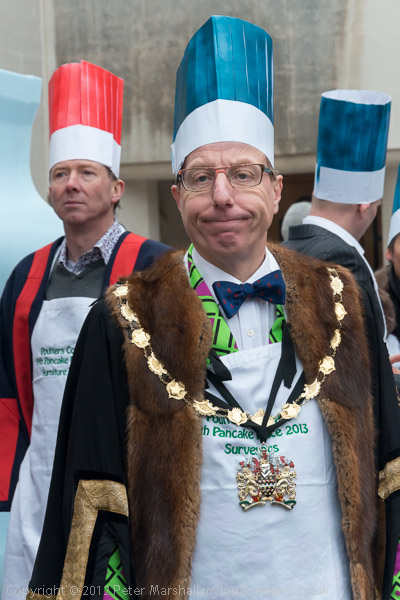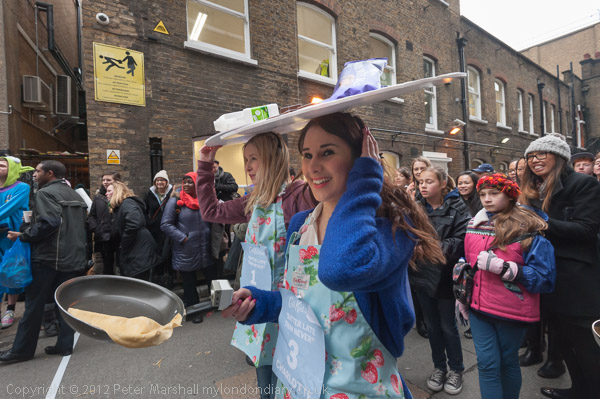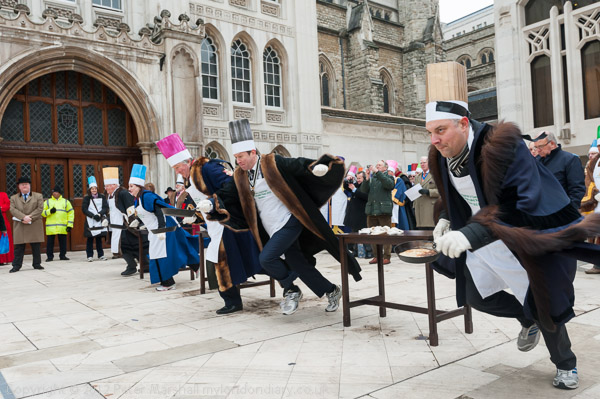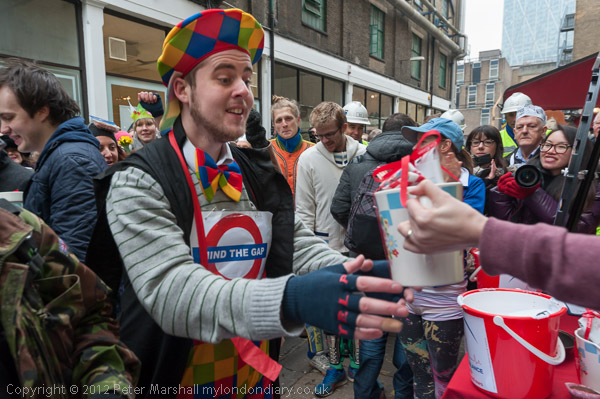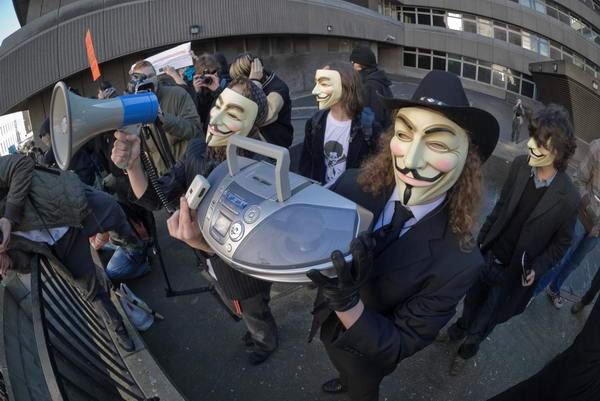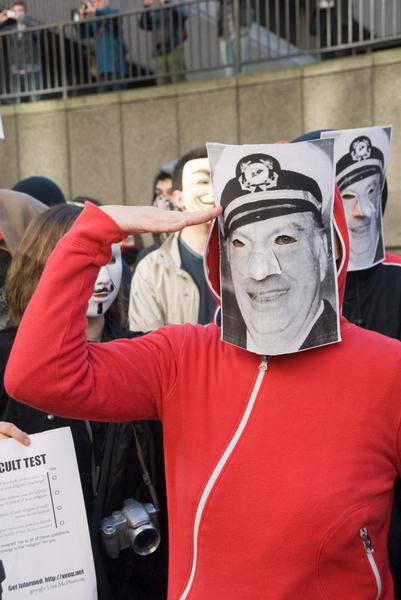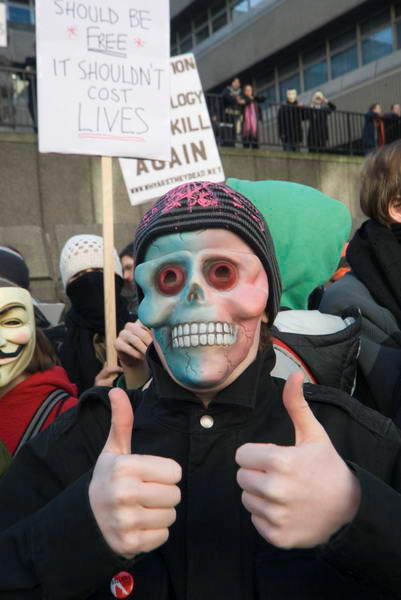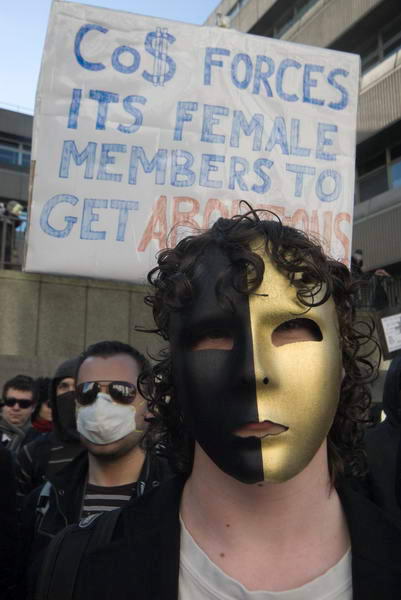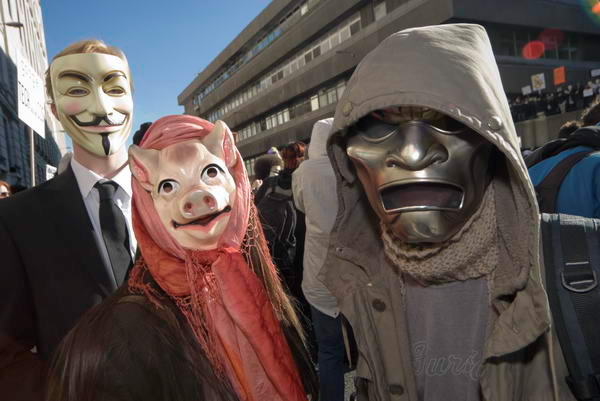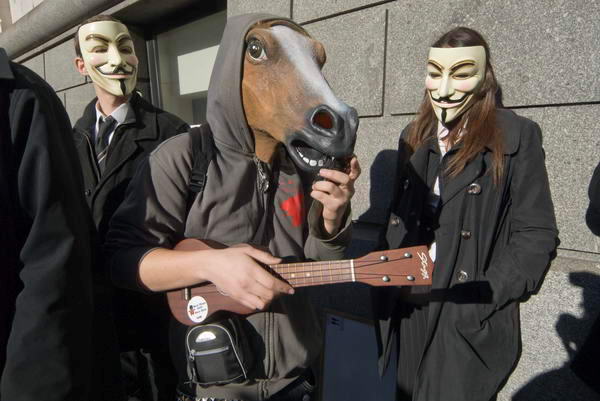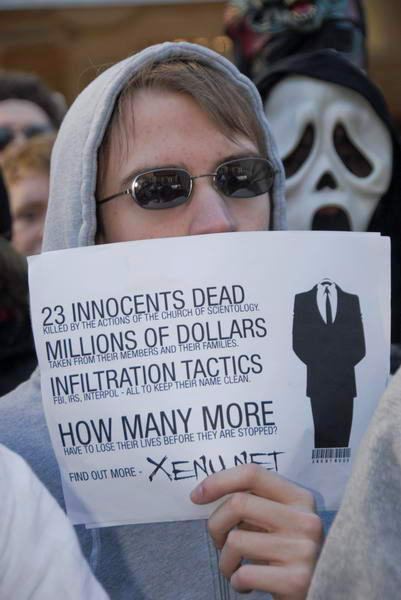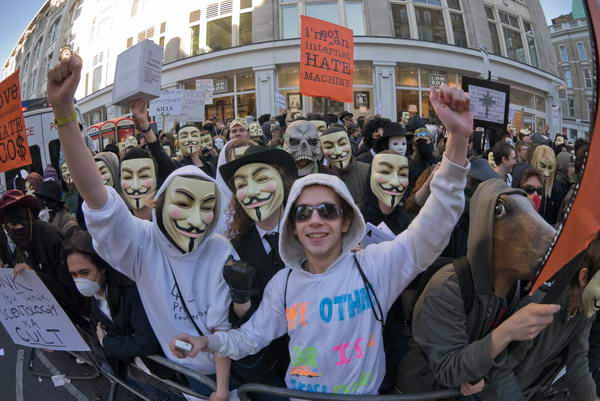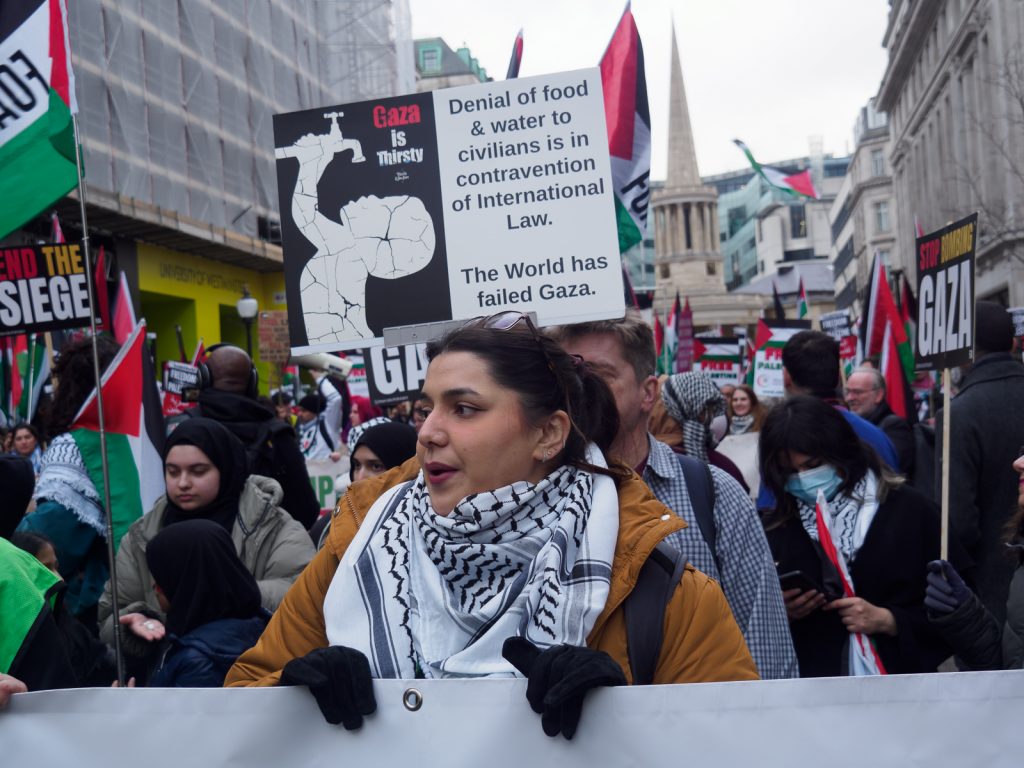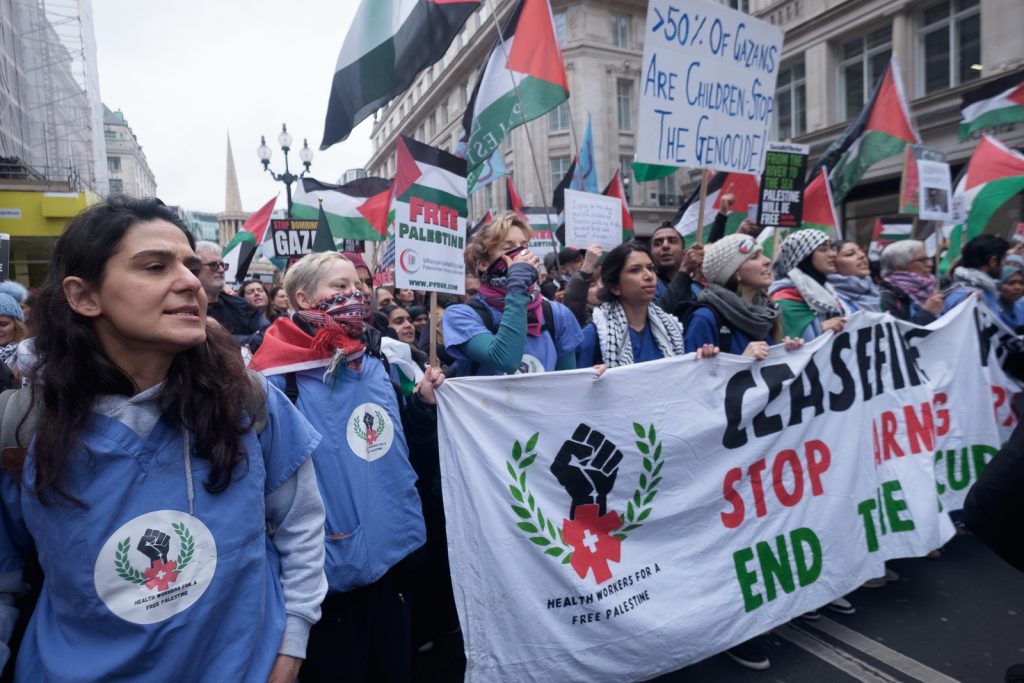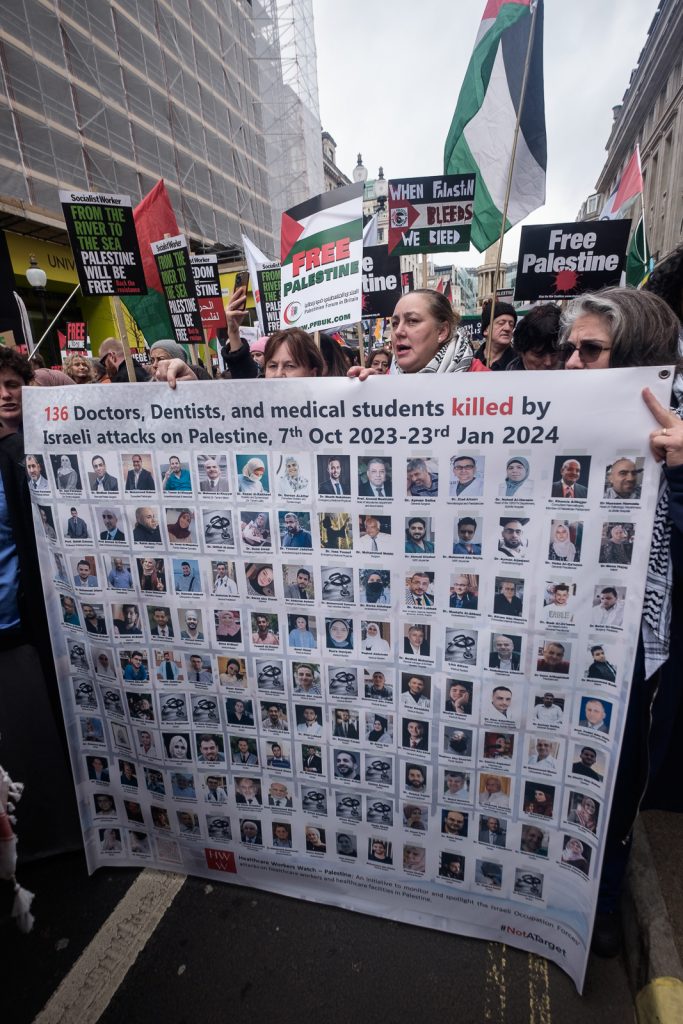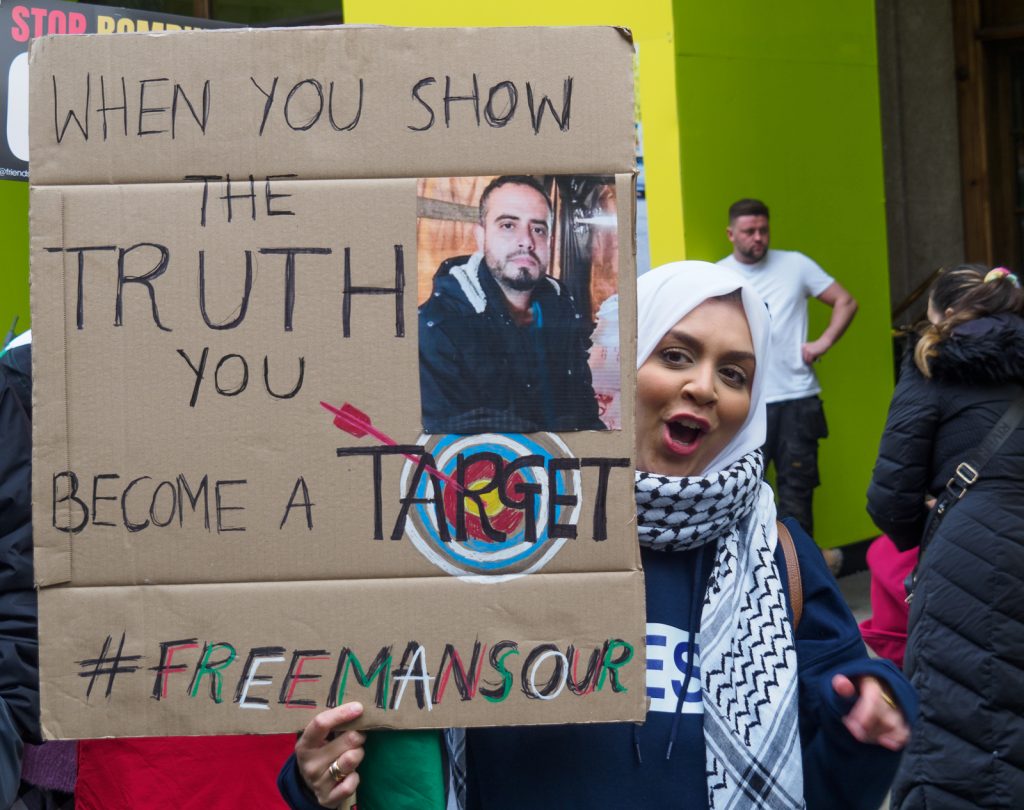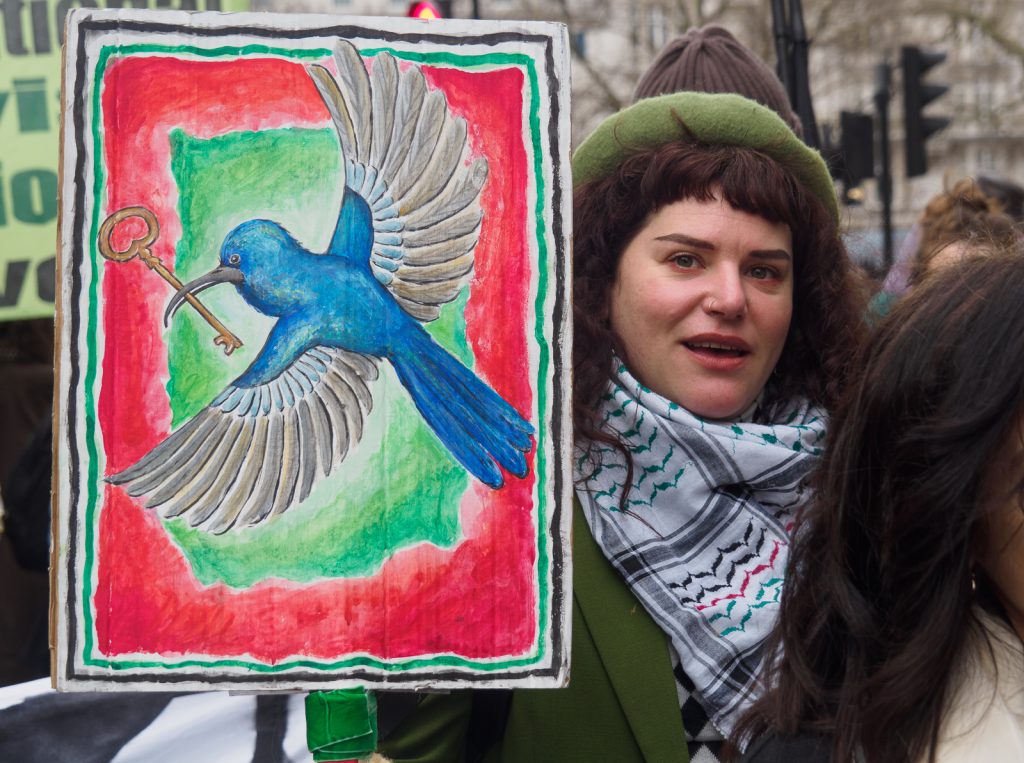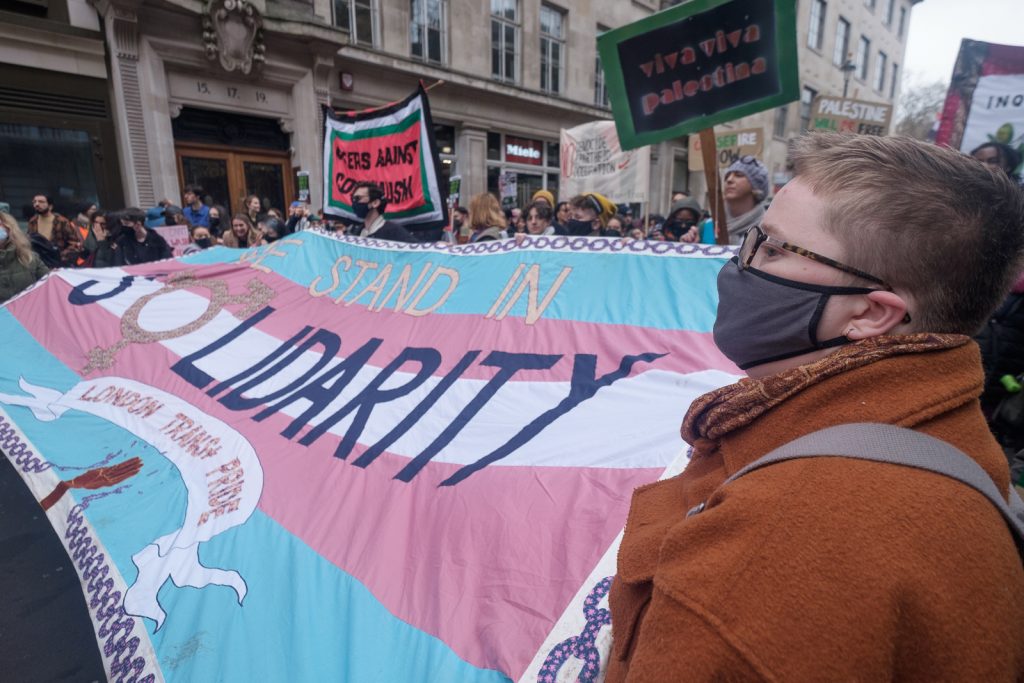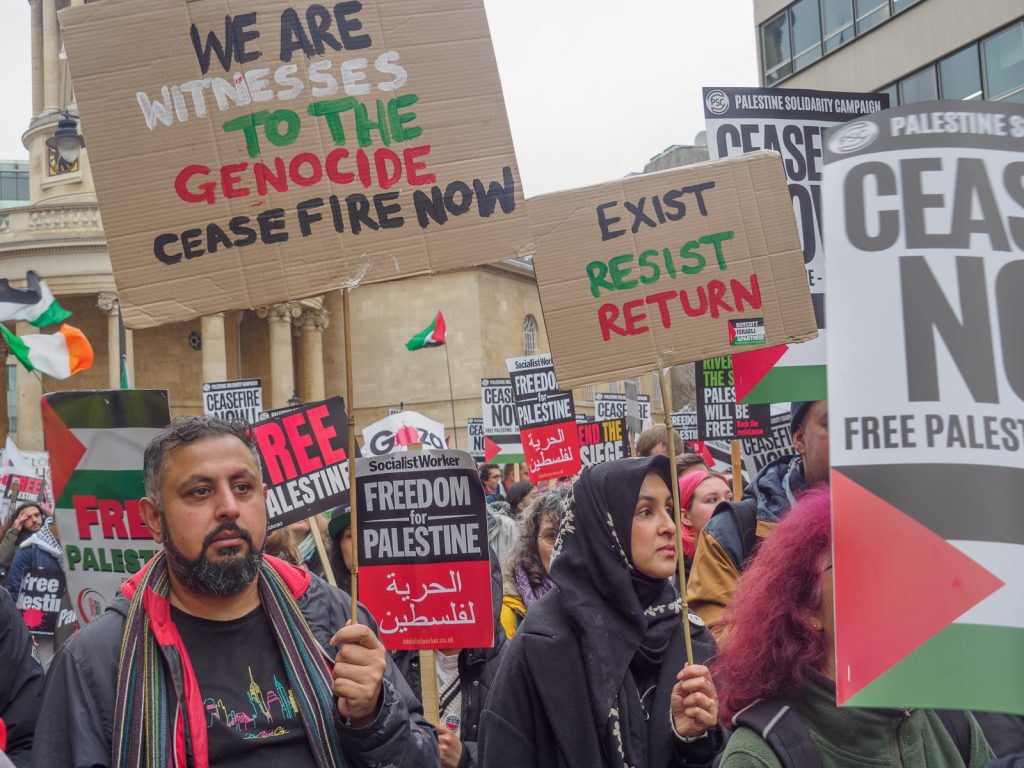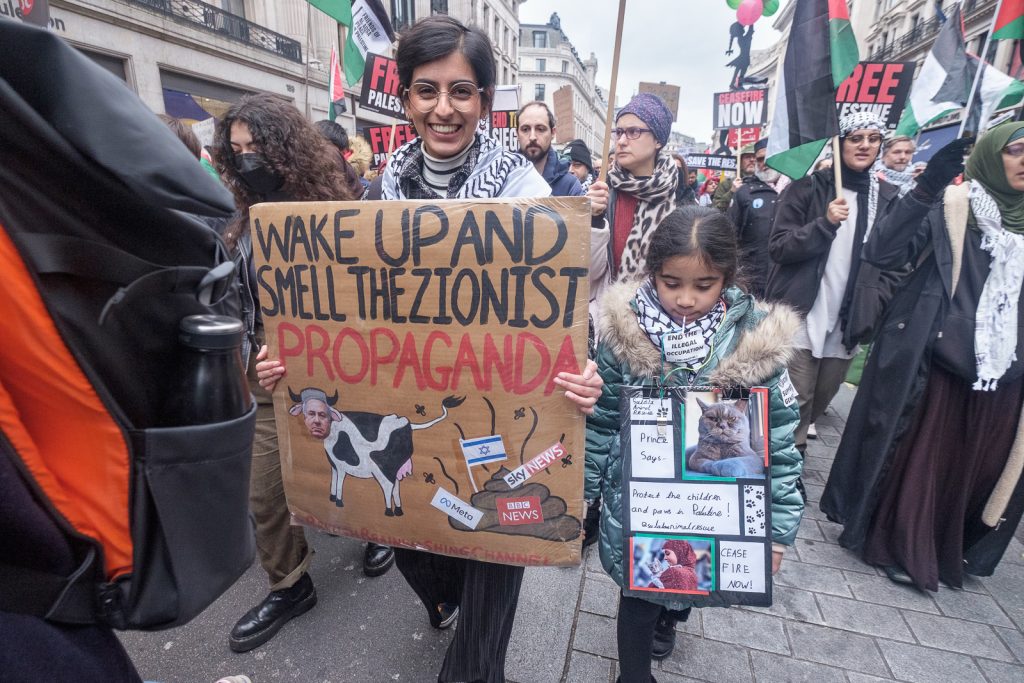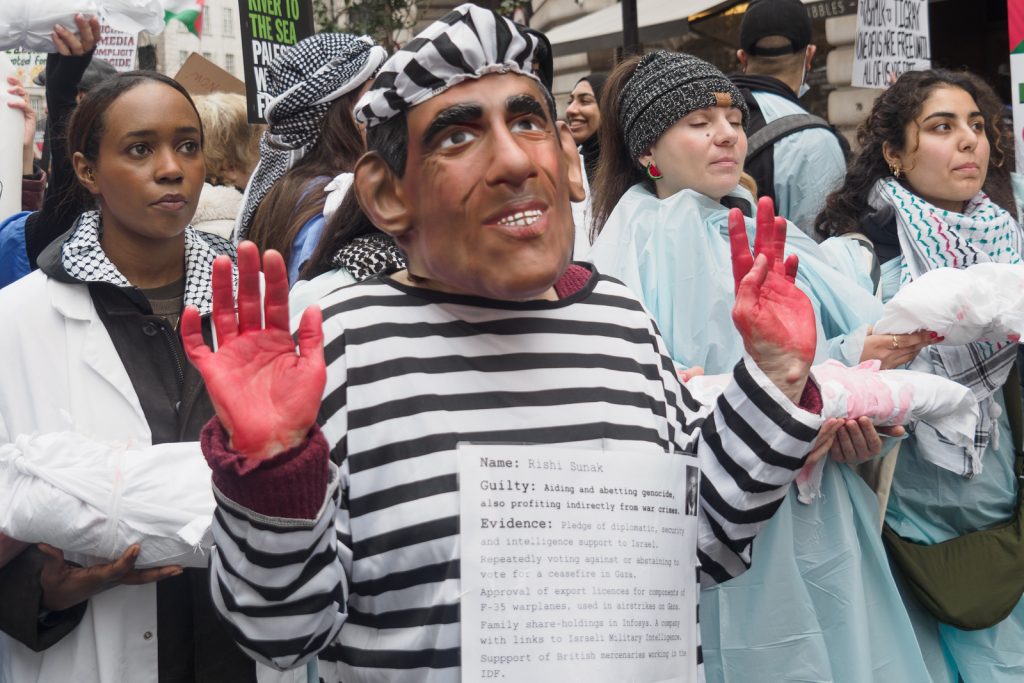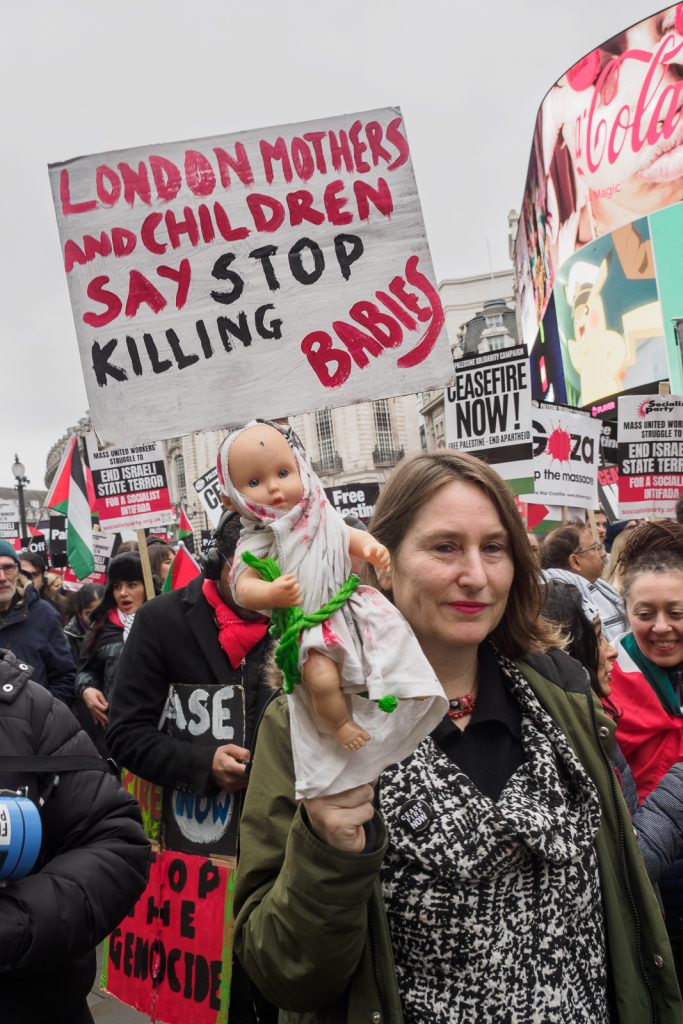Hull – More Than The Deep: I haven’t often posted about Hull on here, but it was the city where I first carried out a serious photographic project which was shown at the city’s art gallery in 1983, and one I have continued to photograph over the years, though rather less regularly since 2000.
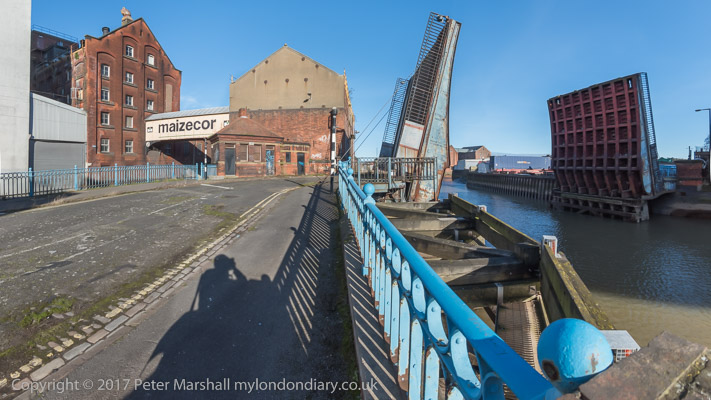
I didn’t really choose to photograph Hull, but I did chose to marry a woman who had grown up in the city and whose family home was still there, and it was a place where I found myself with time on my hands when visiting her parents usually for a couple of weeks most summers and often for shorter periods at Christmas or Easter.
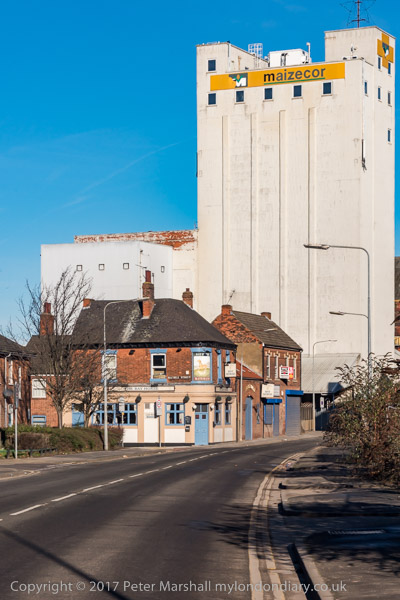
We still have a few friends in the city, although most have now died, and our visits are less frequent. Back in 2017 Hull was enjoying its year as UK City of Culture and we were visiting partly to enjoy some of that but also to meet a few friends. I was also trying to generate some interest in my pictures of the city from the 1970s and 1980s, but plans for a show fell through.
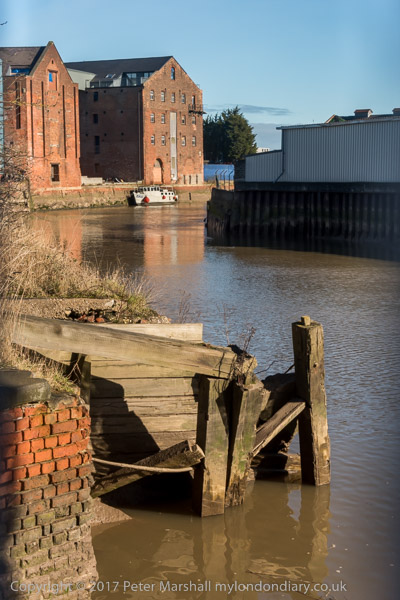
Sunday 19th February 2017 was also a day when we met with some of our family who had come to Hull both to meet us and to visit Hull’s major tourist attraction, The Deep and we met them for lunch there and I took a few pictures from its viewing platform.
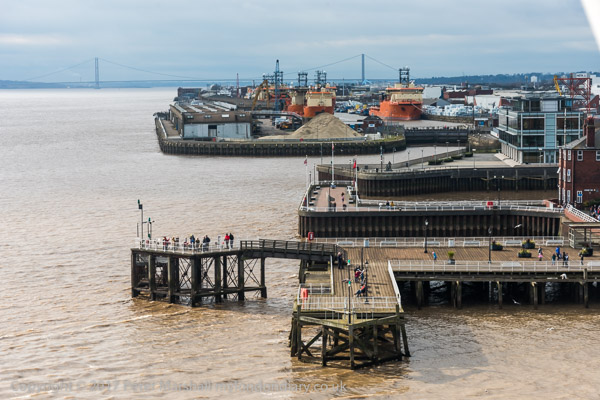
I’d gone out immediately after breakfast for a long walk around some of my favourite areas of the city which I had photographed in earlier years. Then I had been working mainly with black and white film, interested in the changes taking place in the city and surprised at the way it seemed to be disregarding much of its heritage, and recording aspects that seemed unlikely to survive. I’d also taken some colour pictures and had included some in my show there, but they perhaps more reflected my interest in colour than my interest in the city.
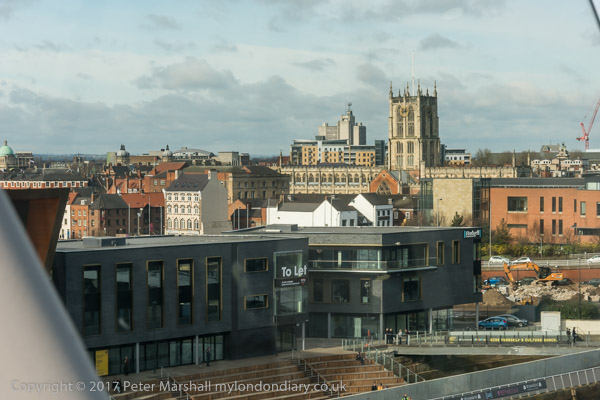
But in 2017 I was working only on digital, so everything was colour and I was also making some panoramic colour images – again digital.
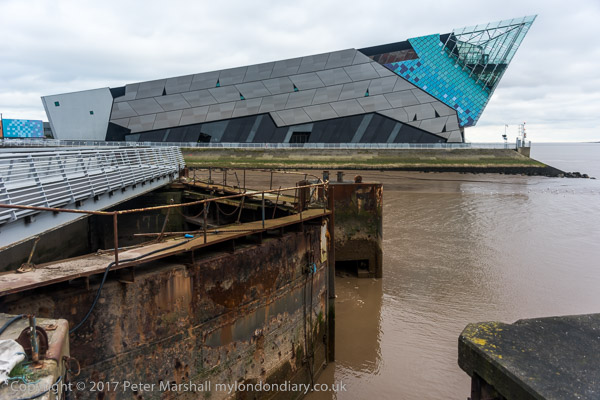
It was late afternoon by the time we said goodbye to our family, and Linda decided she would like to go for a walk around Beverley, a town seven miles away. The bus service to there is slow and infrequent, but as I wrote “it has the advantage of setting you down at the bus station immediately next door to Nellie’s.”
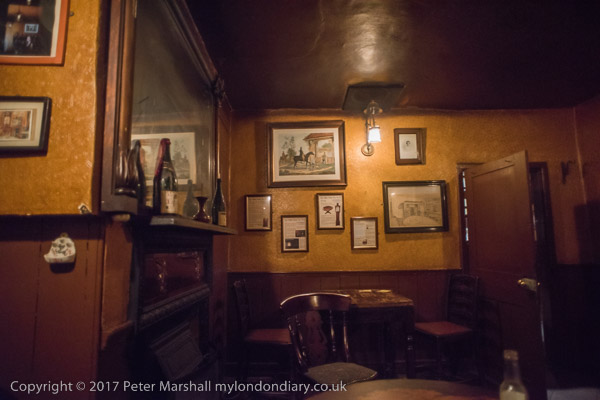
Beverley is an old market town, well known for its Minster and full of old buildings. It was too late for us to visit the Minster, but not for a visit to one of its Grade II* listed buildings, The White Horse Inn, generally known as Nellies, taken over by Samuel Smith’s brewery in 1976. And although they have modernised the pub in some ways, much remains as it was – and my pictures were taken using its rather dim gas lighting. It’s a place people come from around the world to see, though fortunately not in such large numbers to swamp it.
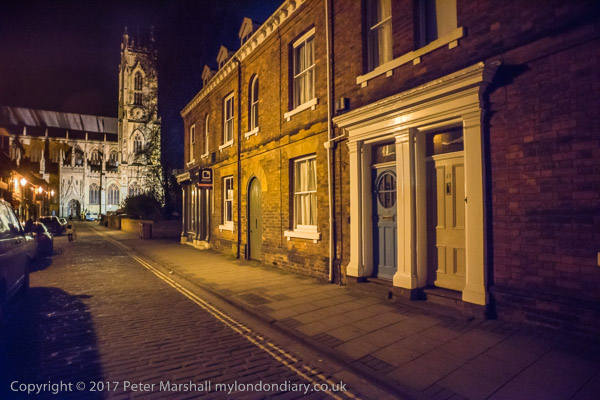
Afterwards we still had some time before the last bus back to Hull left and went for a walk around the town including Beverley Bar, the Minster and the Monk’s Walk and I made a few pictures, all hand-held.
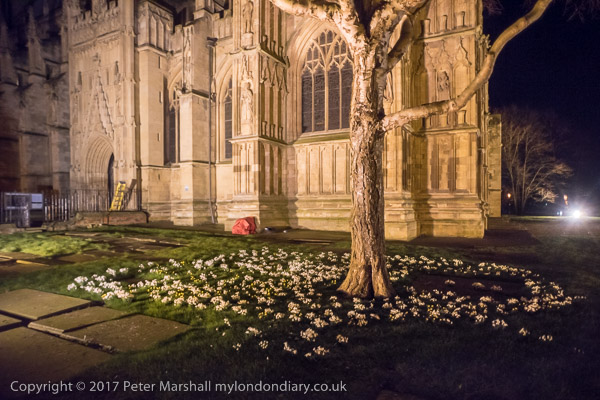
Back in Hull we had a walk through the town, mainly deserted at night to the house where we were staying in Victoria Dock Village, and there was time for a few more pictures.
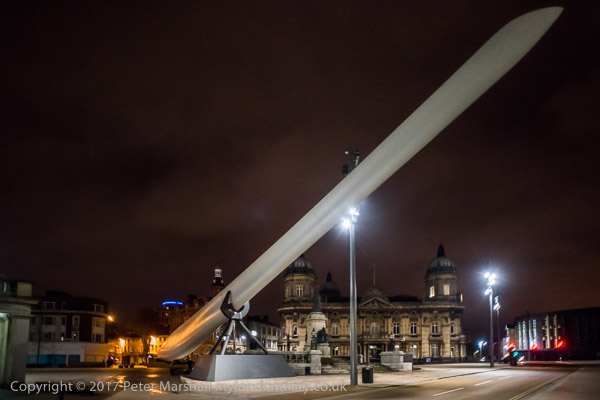
There are many more pictures from the day on My London Diary, and many have captions too:
Beverley and Nellie’s
Around the Town
The Deep
More Hull Panoramic
Wincolmlee and Lime St
Flickr – Facebook – My London Diary – Hull Photos – Lea Valley – Paris
London’s Industrial Heritage – London Photos
All photographs on this page are copyright © Peter Marshall.
Contact me to buy prints or licence to reproduce.
